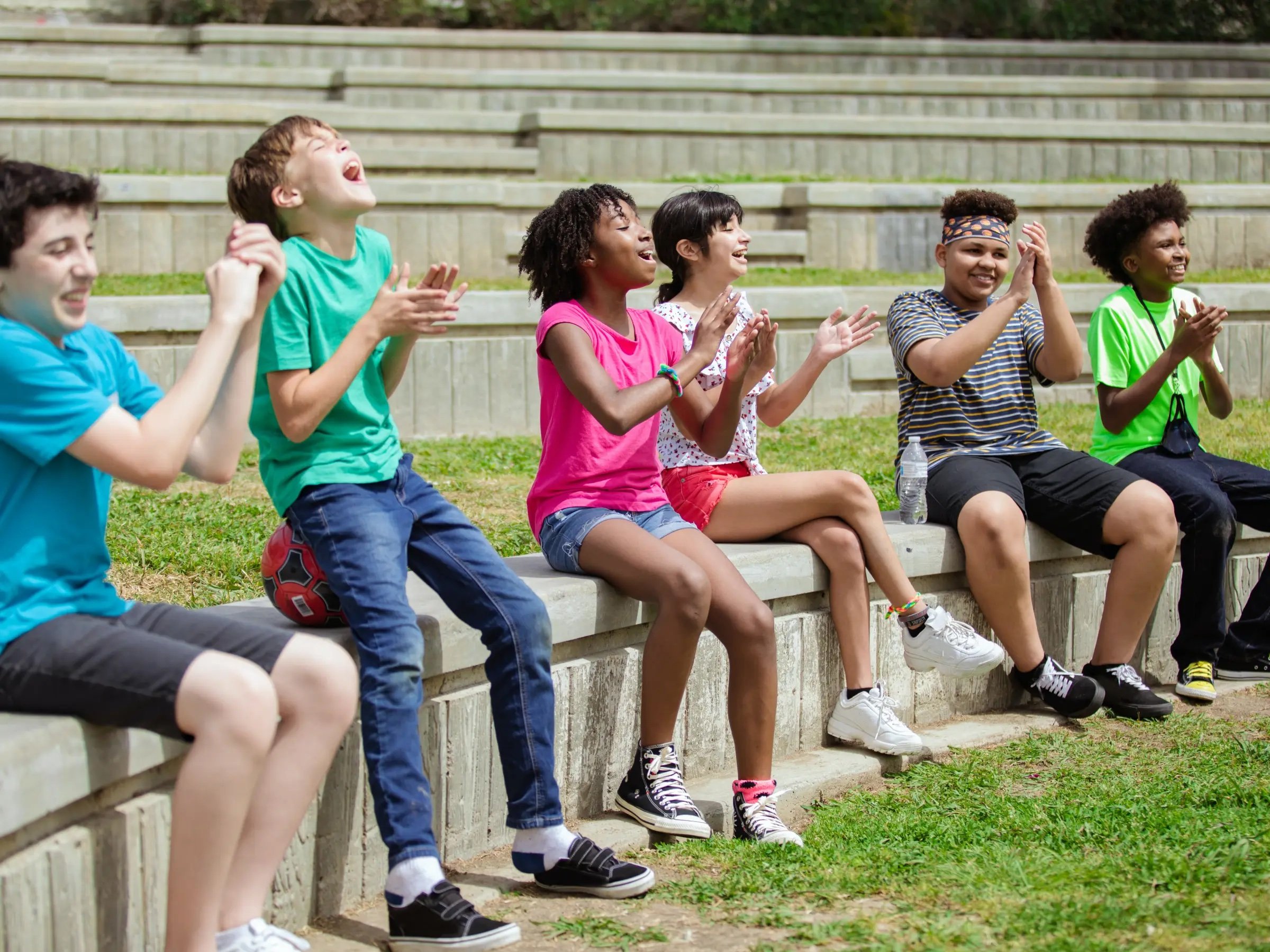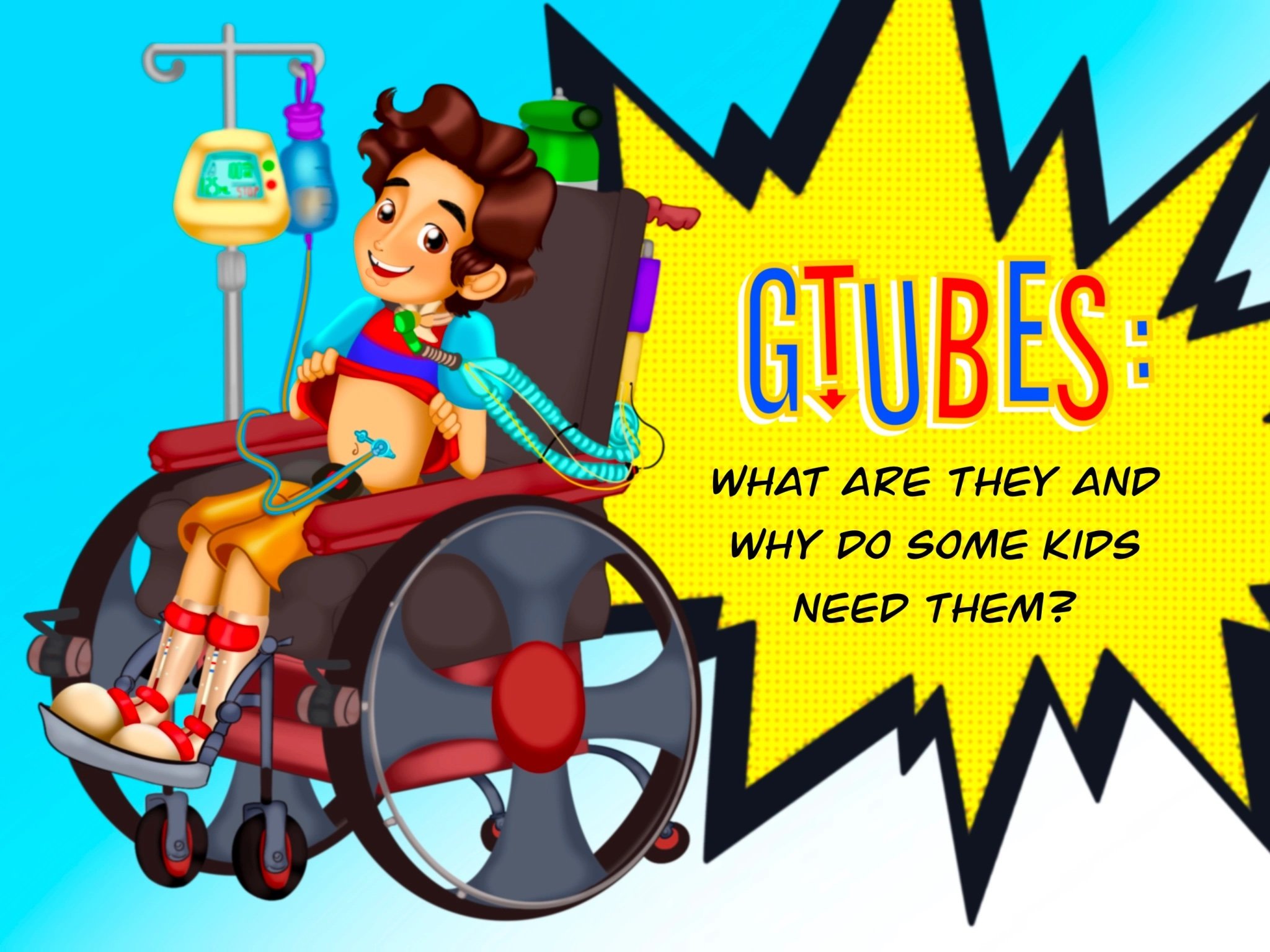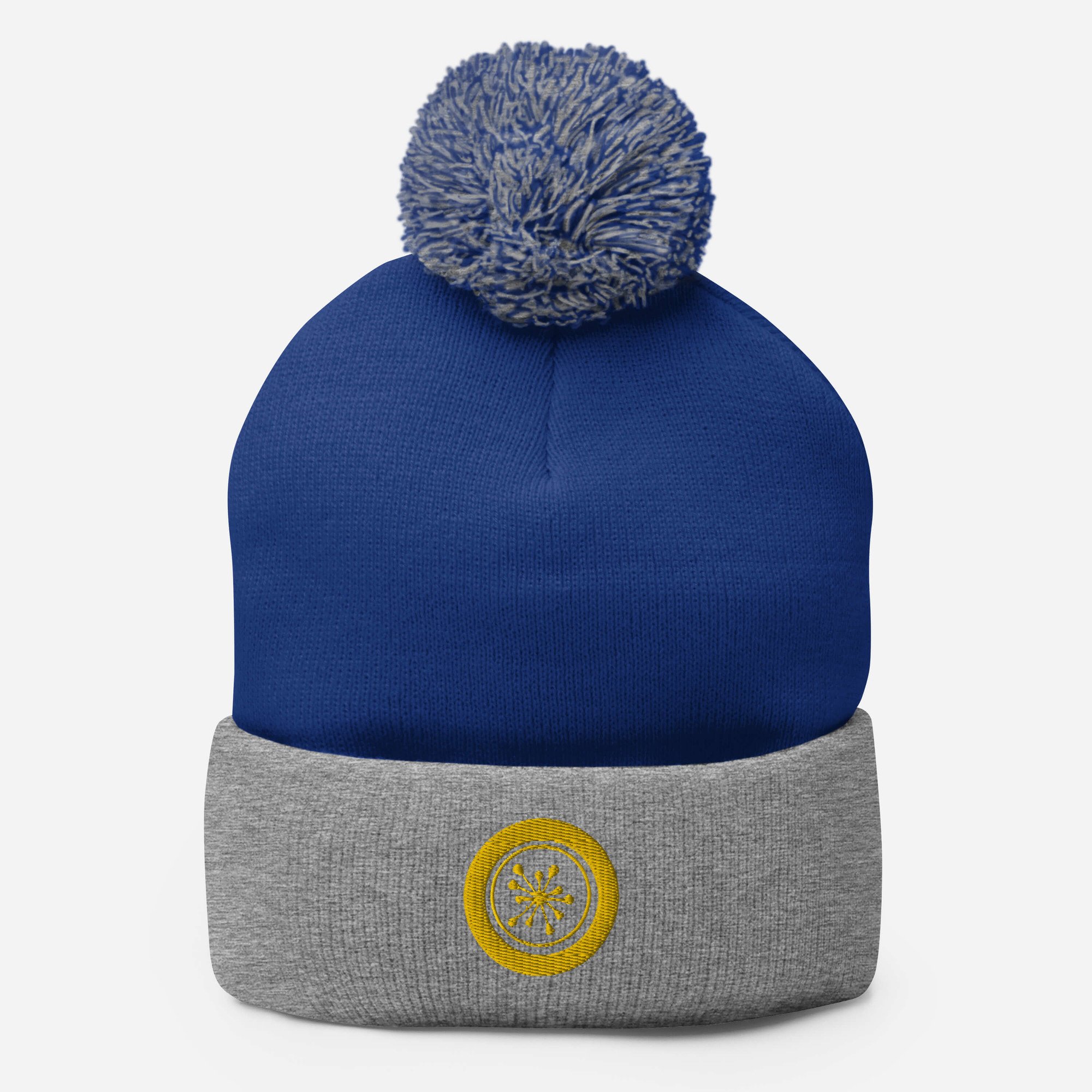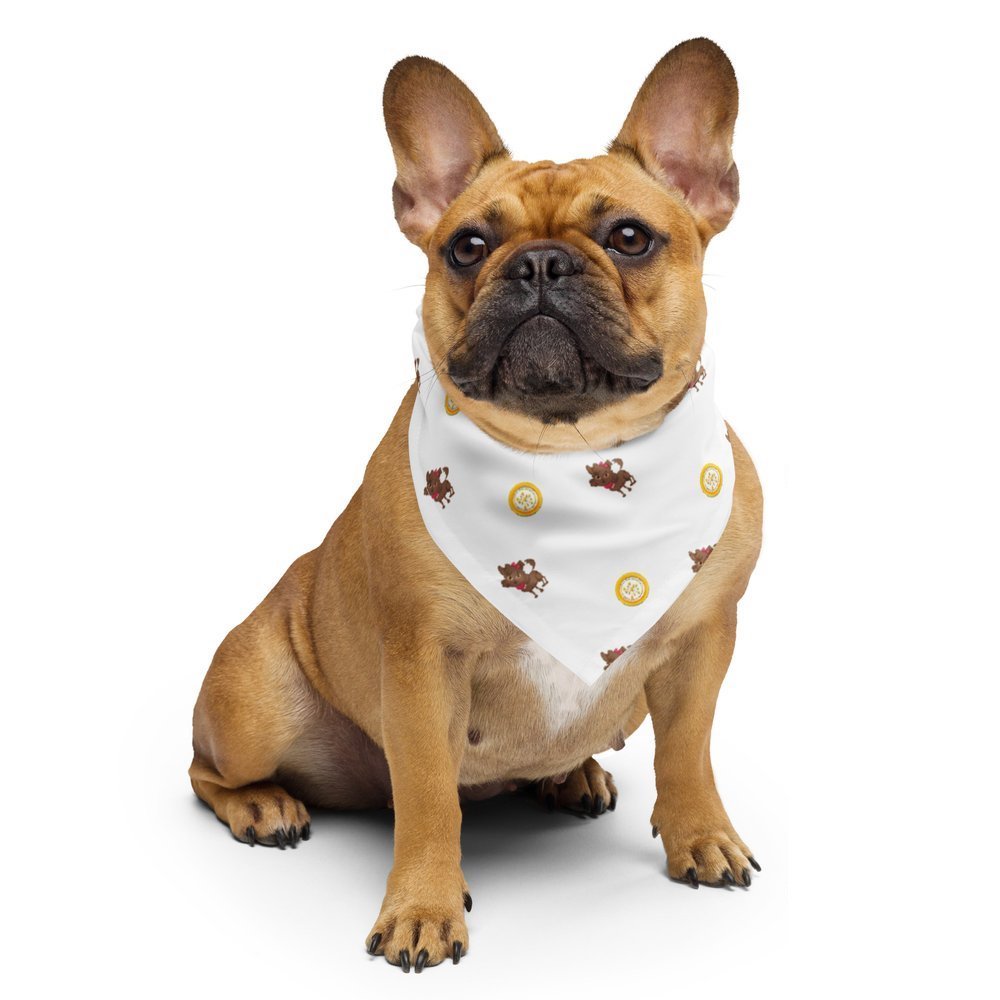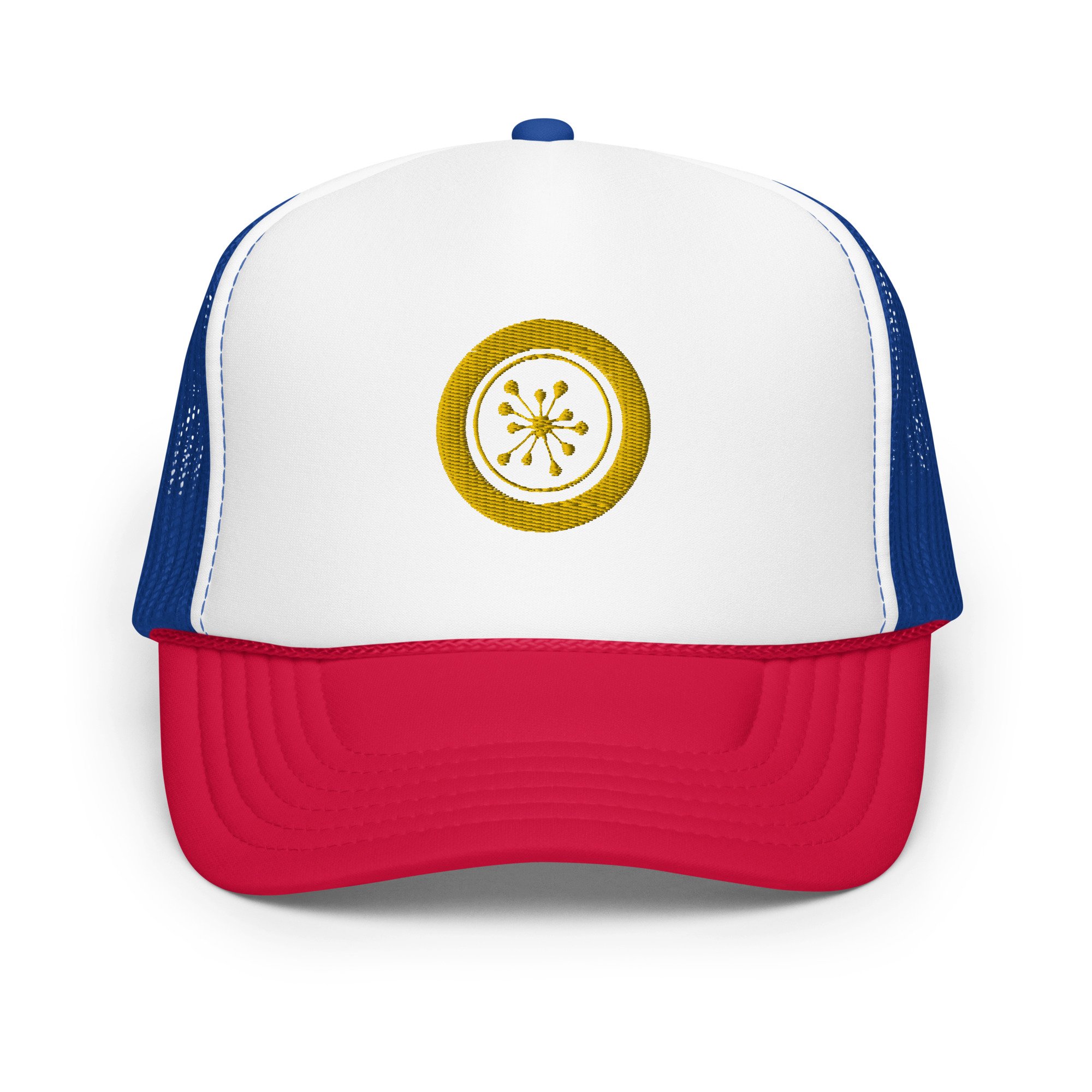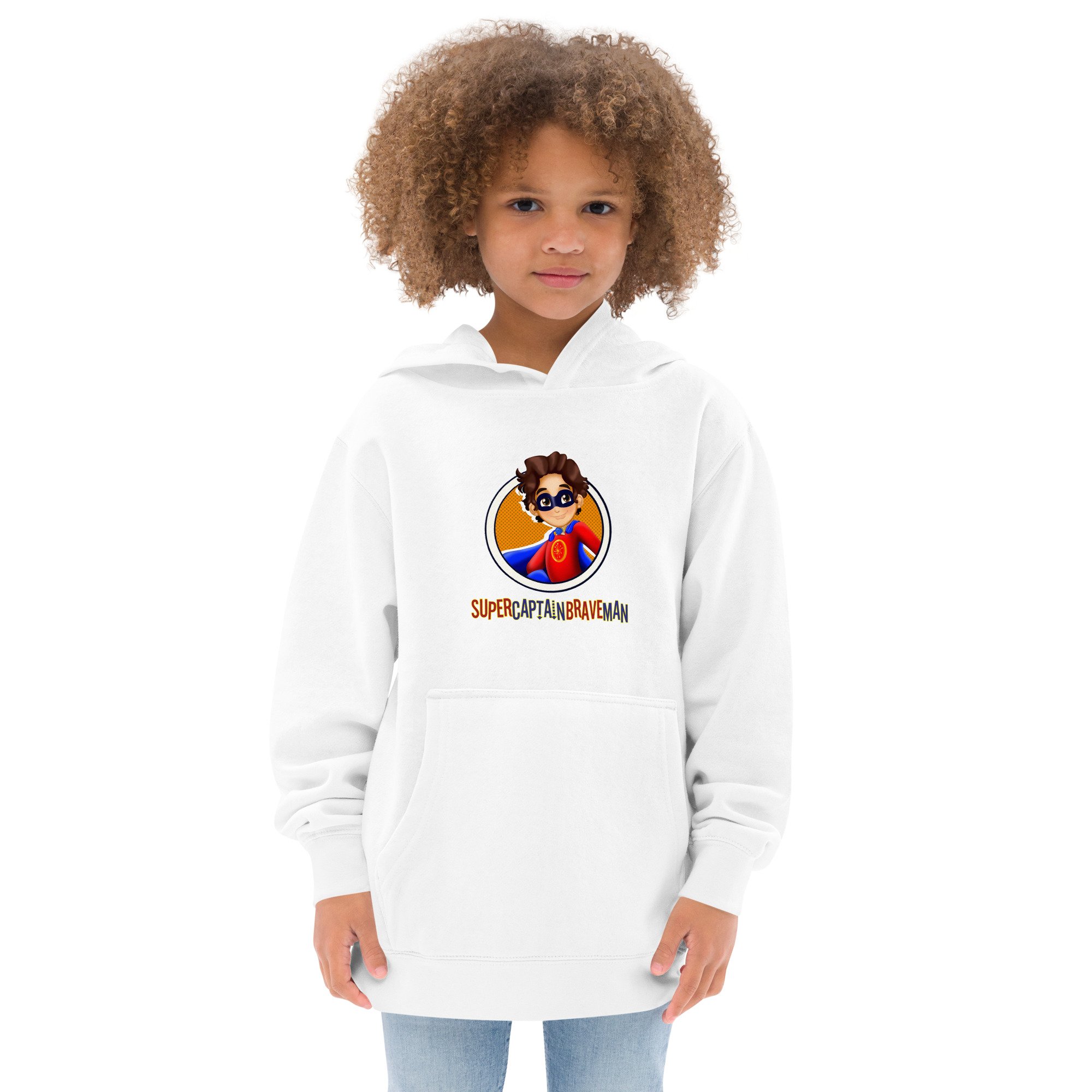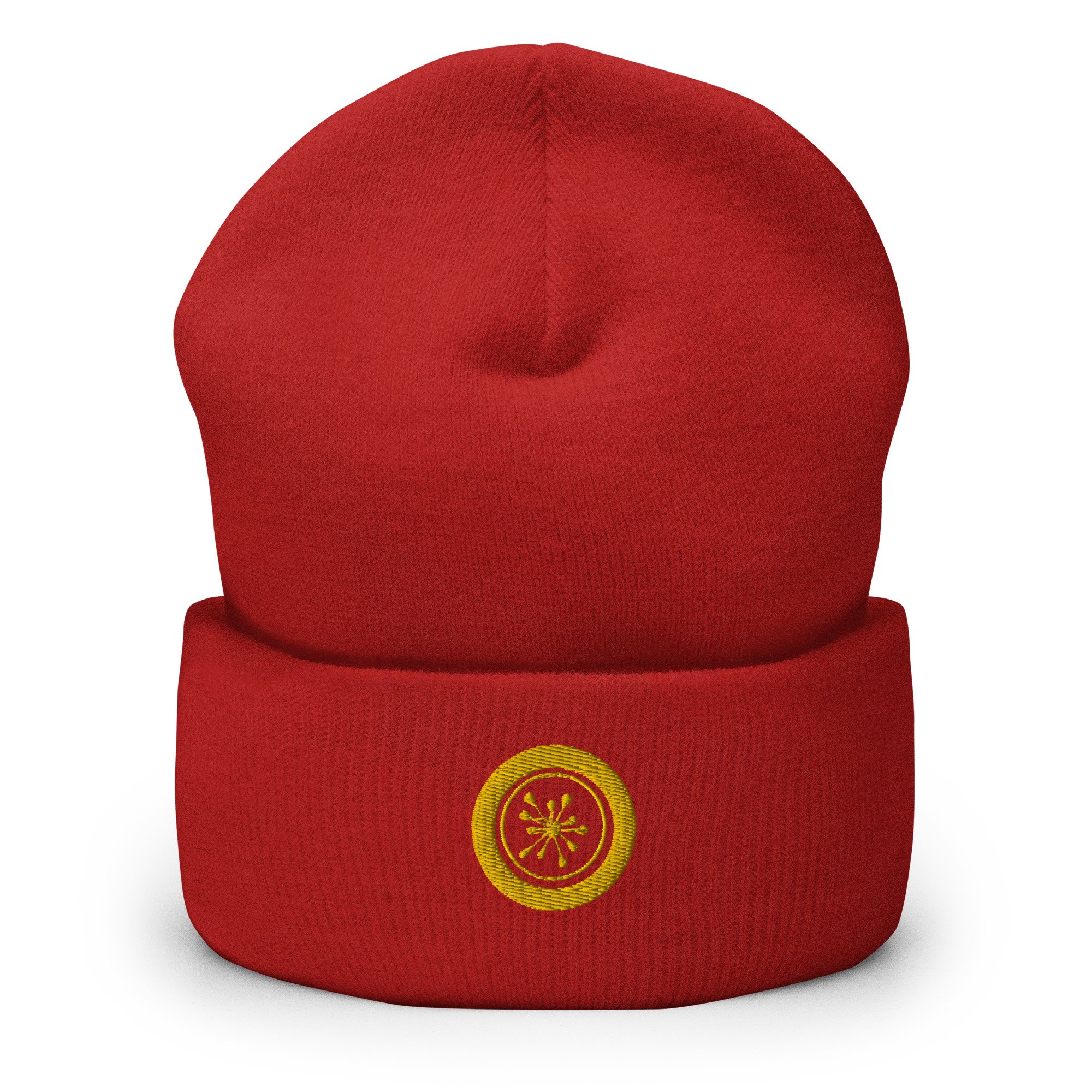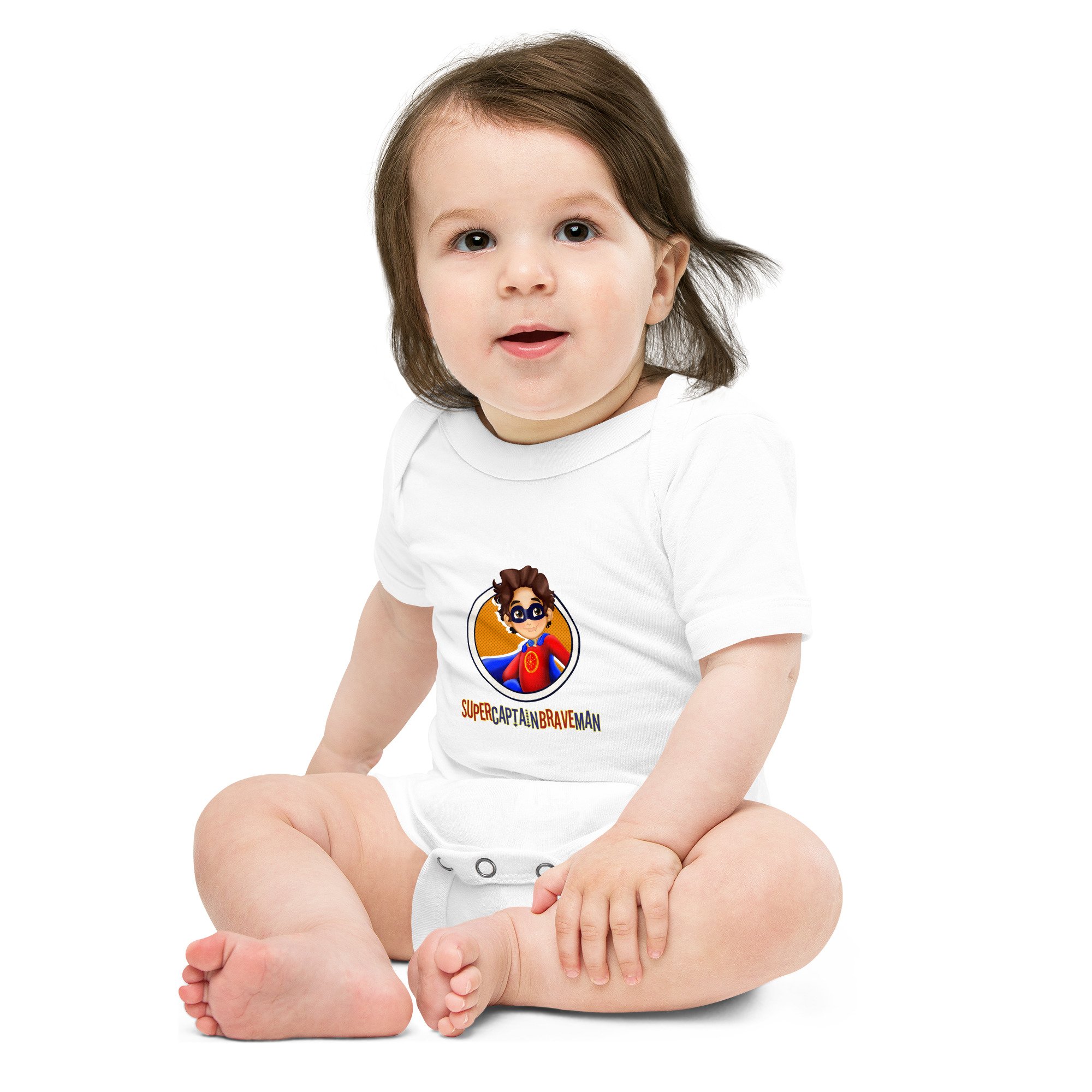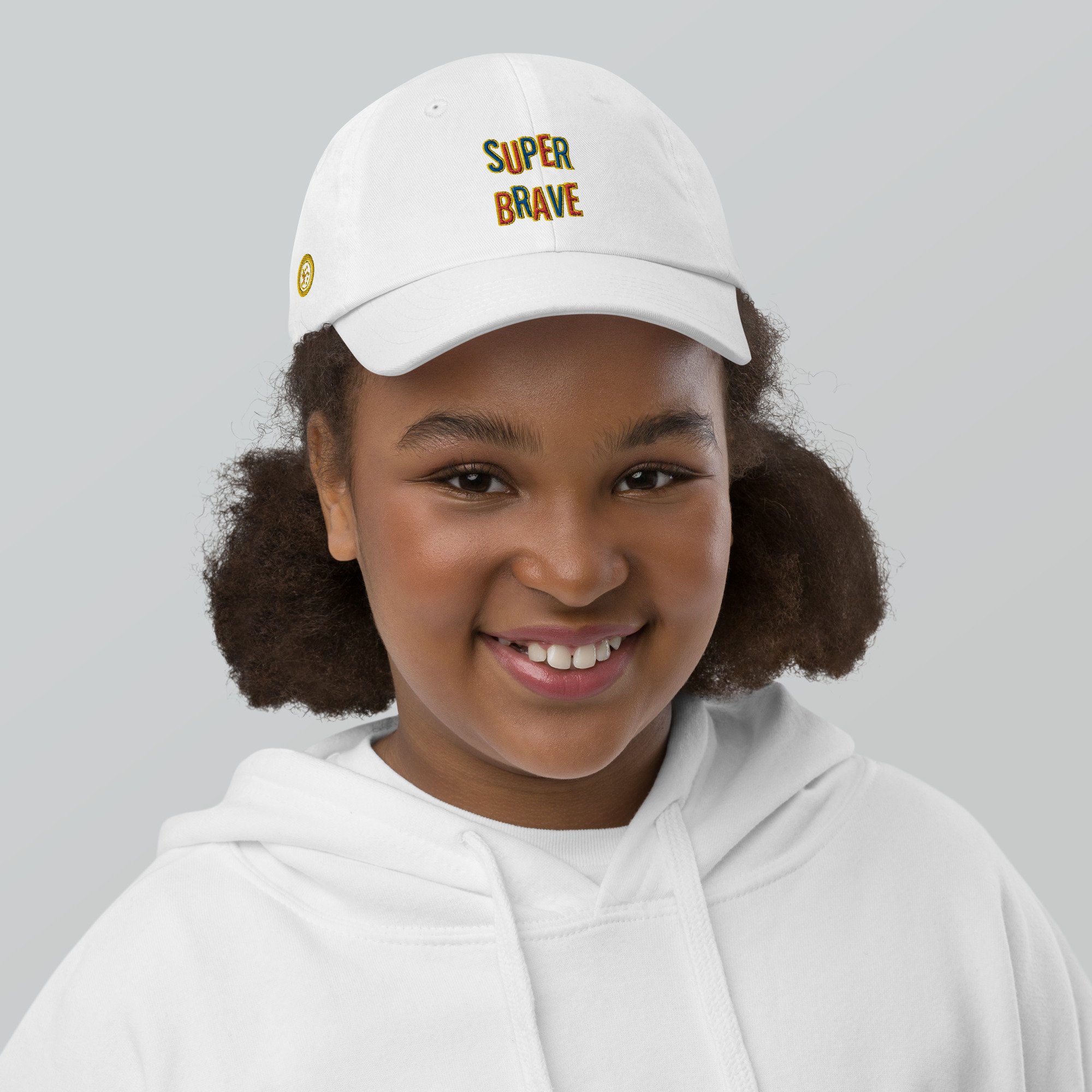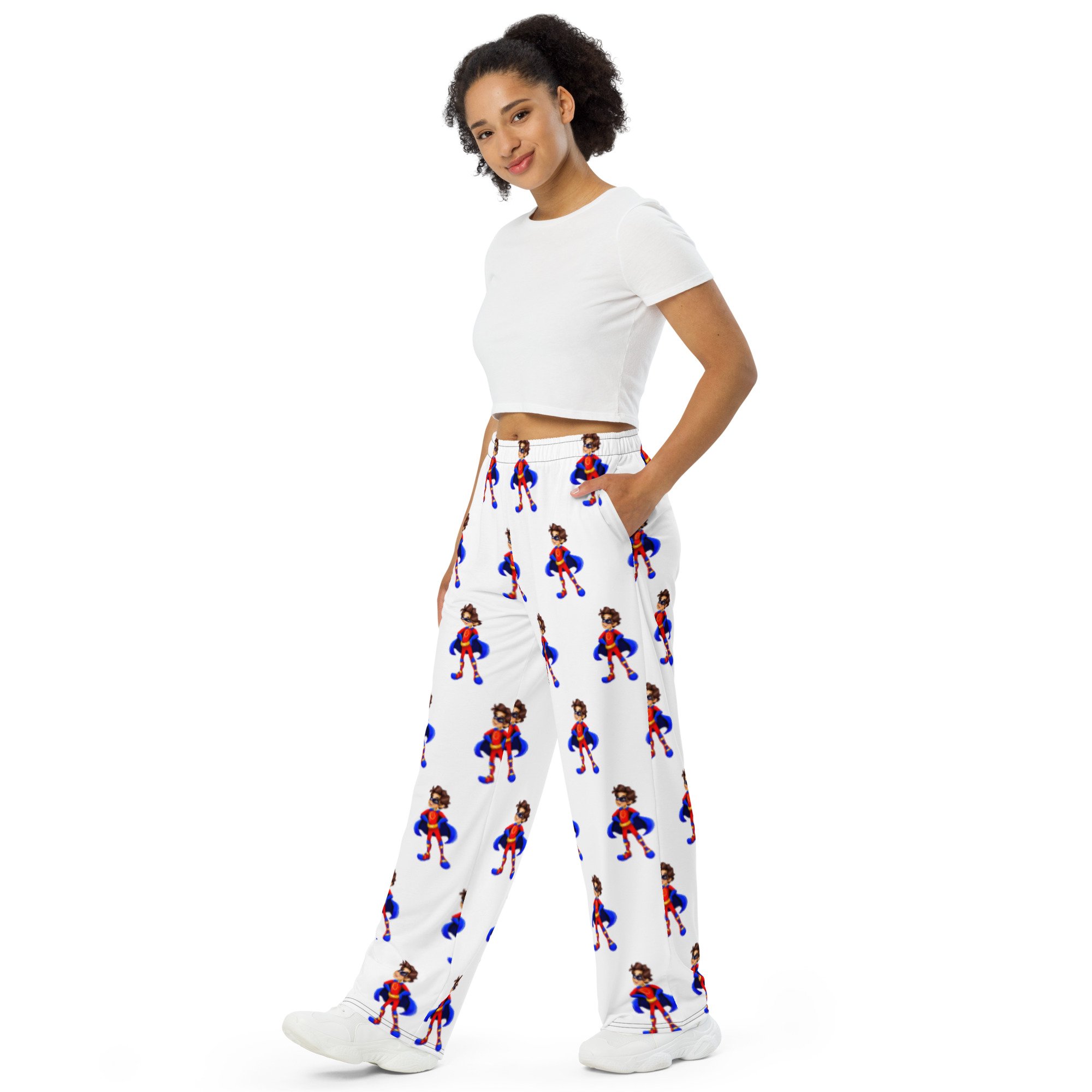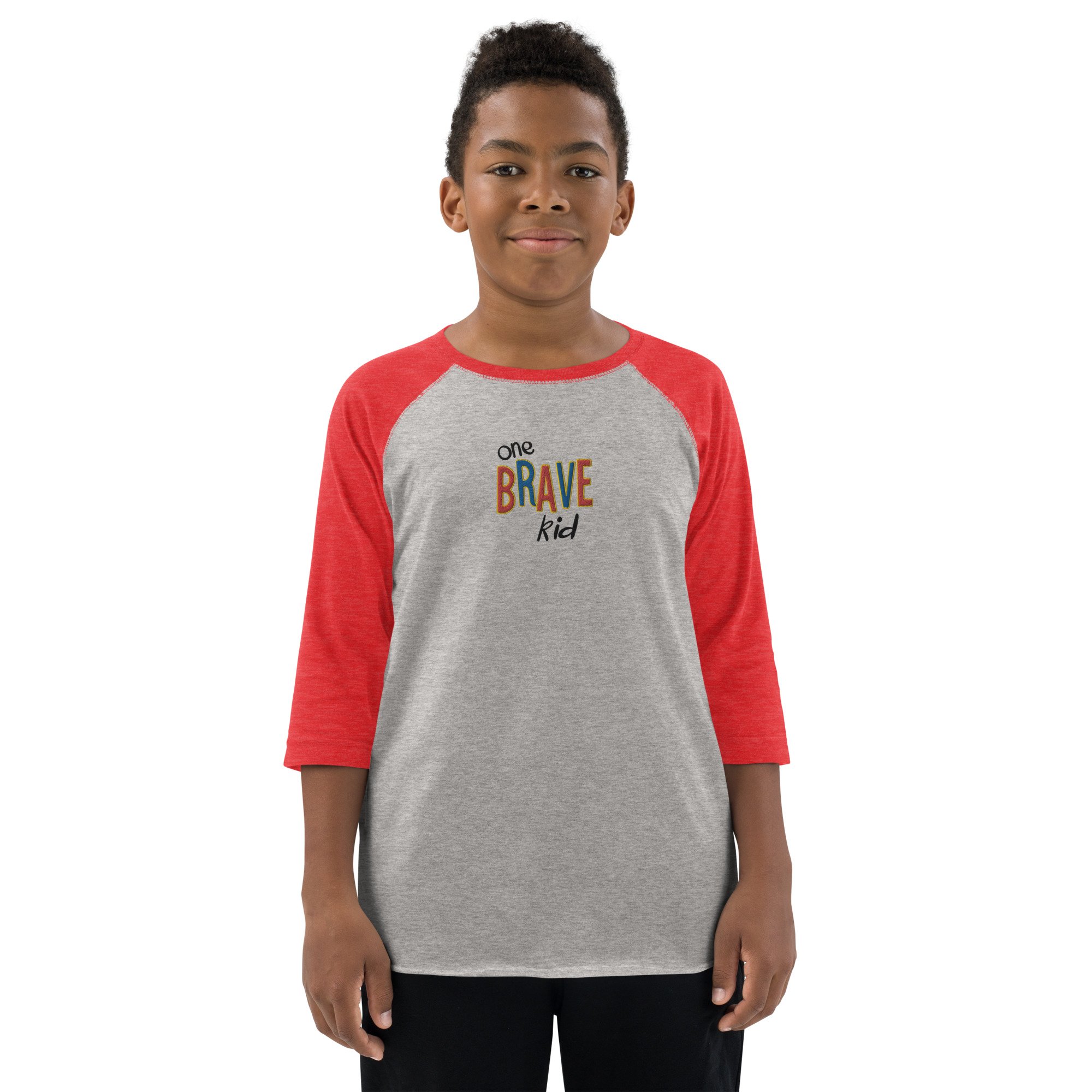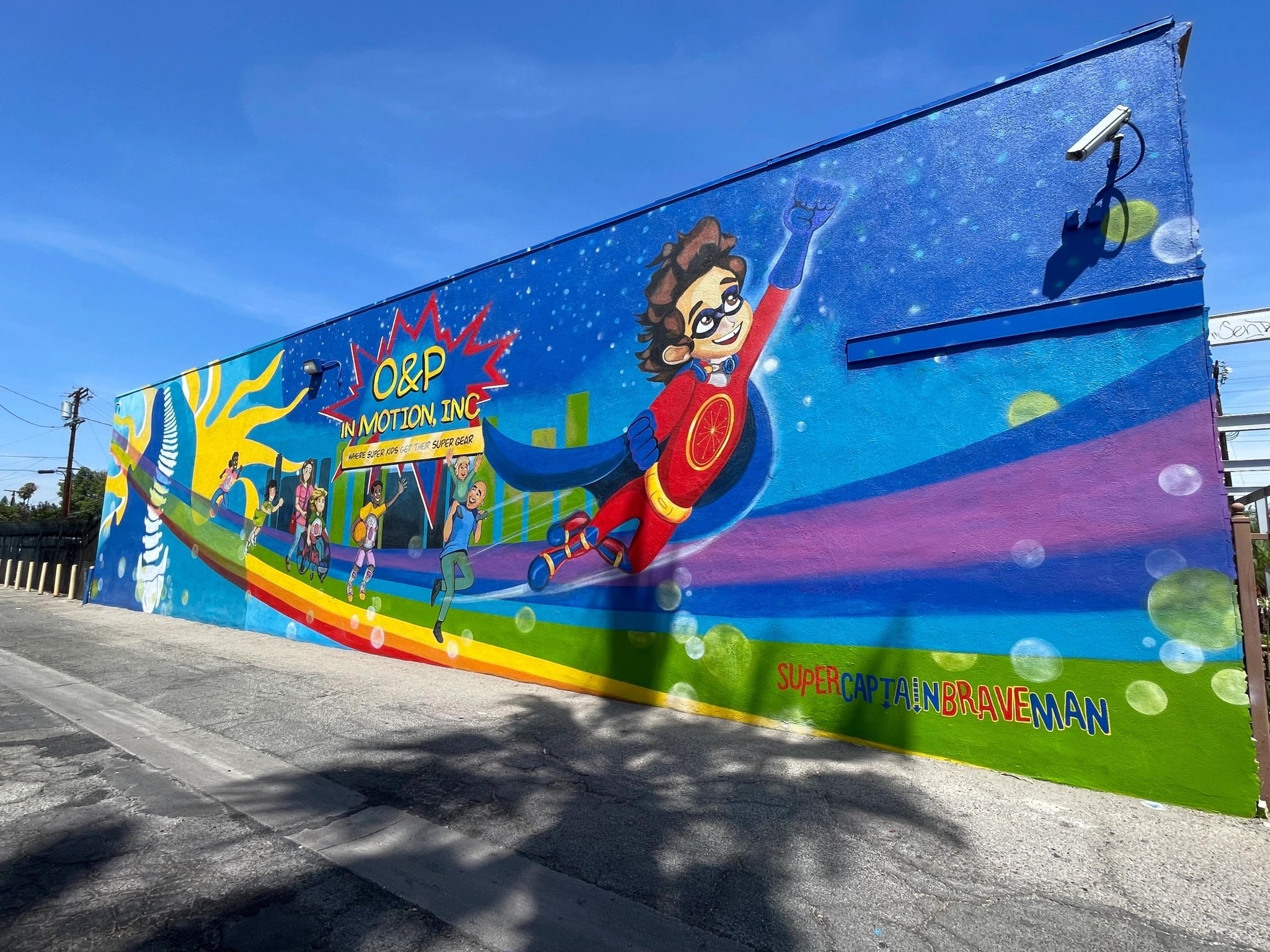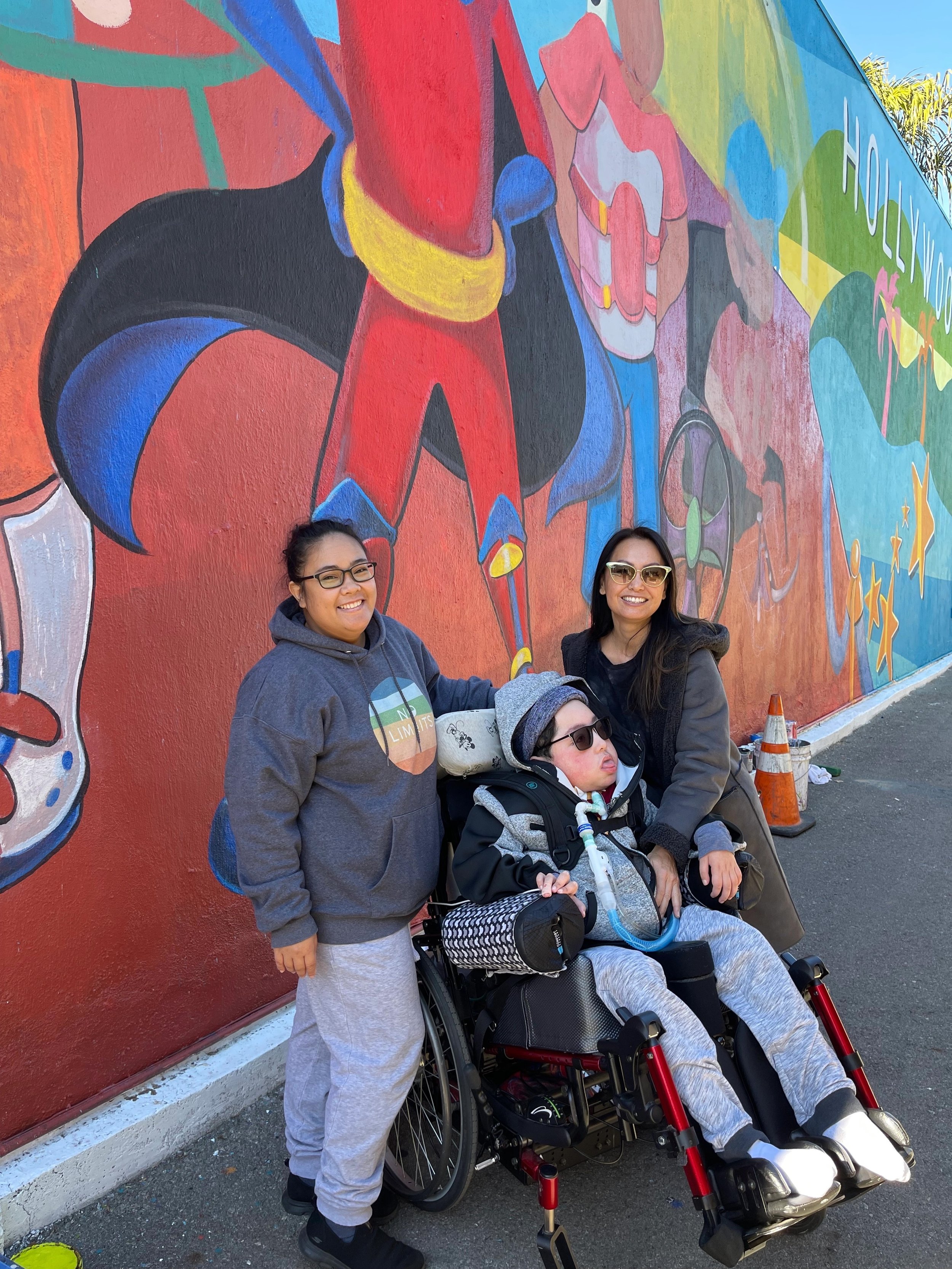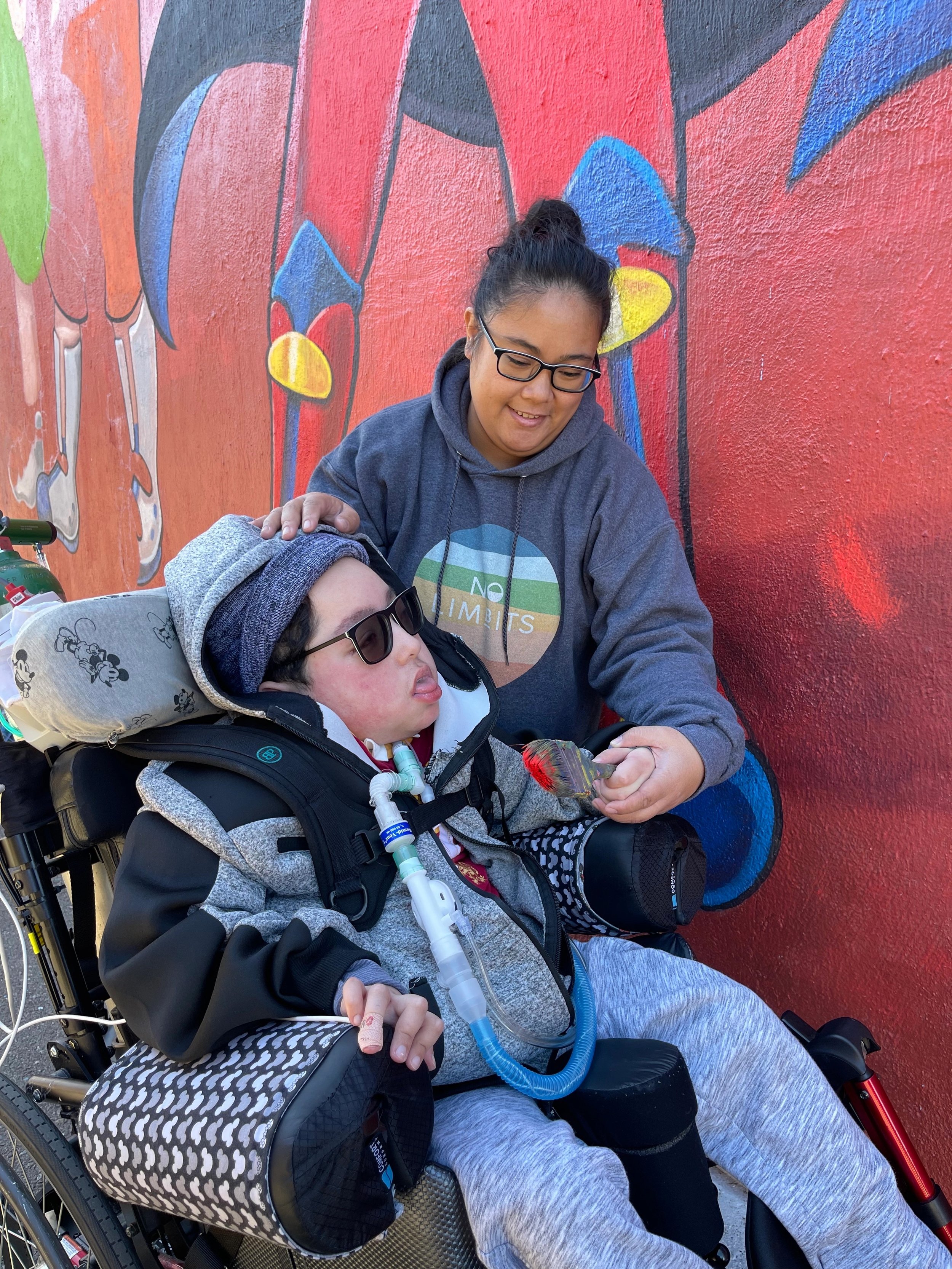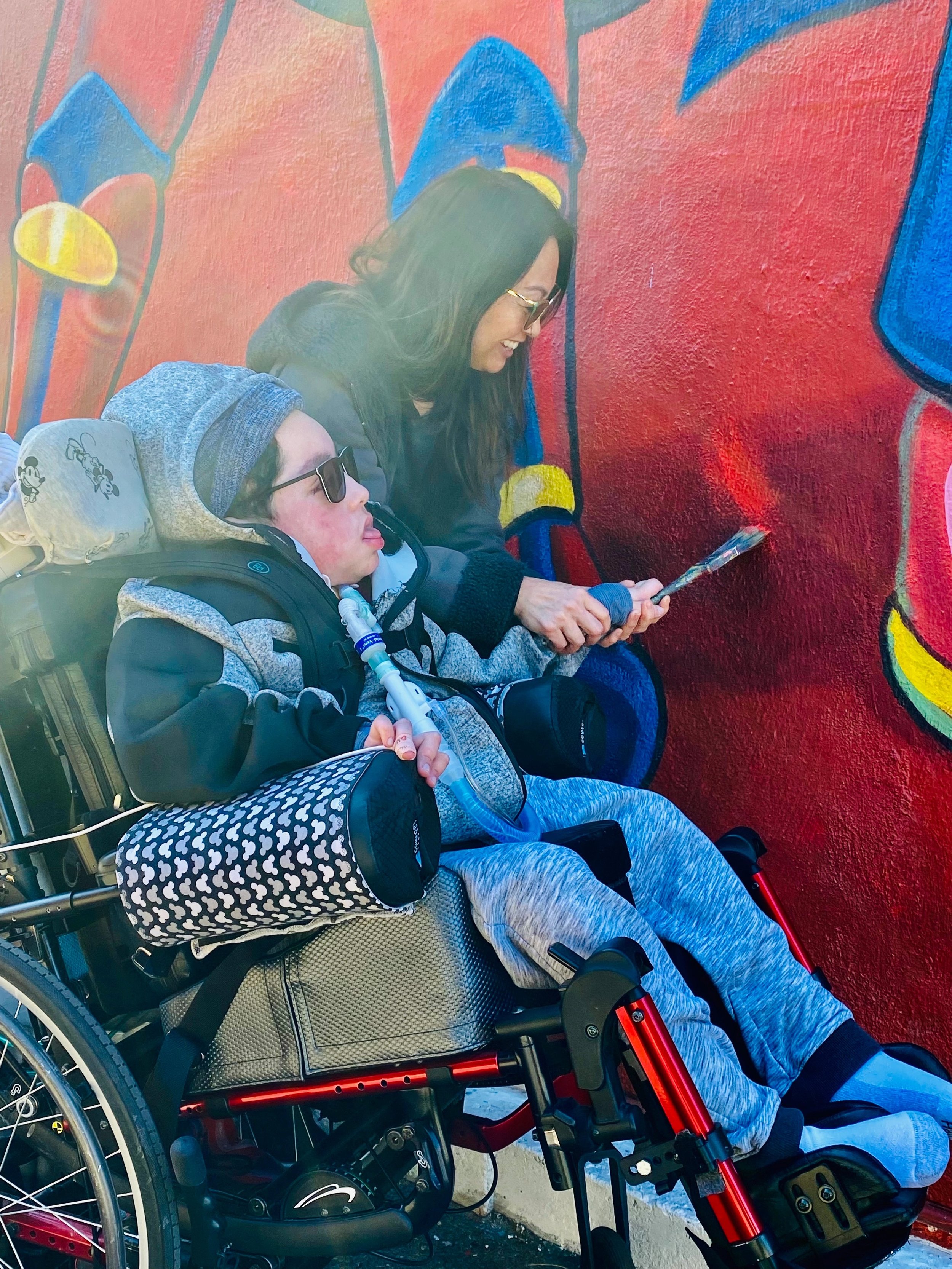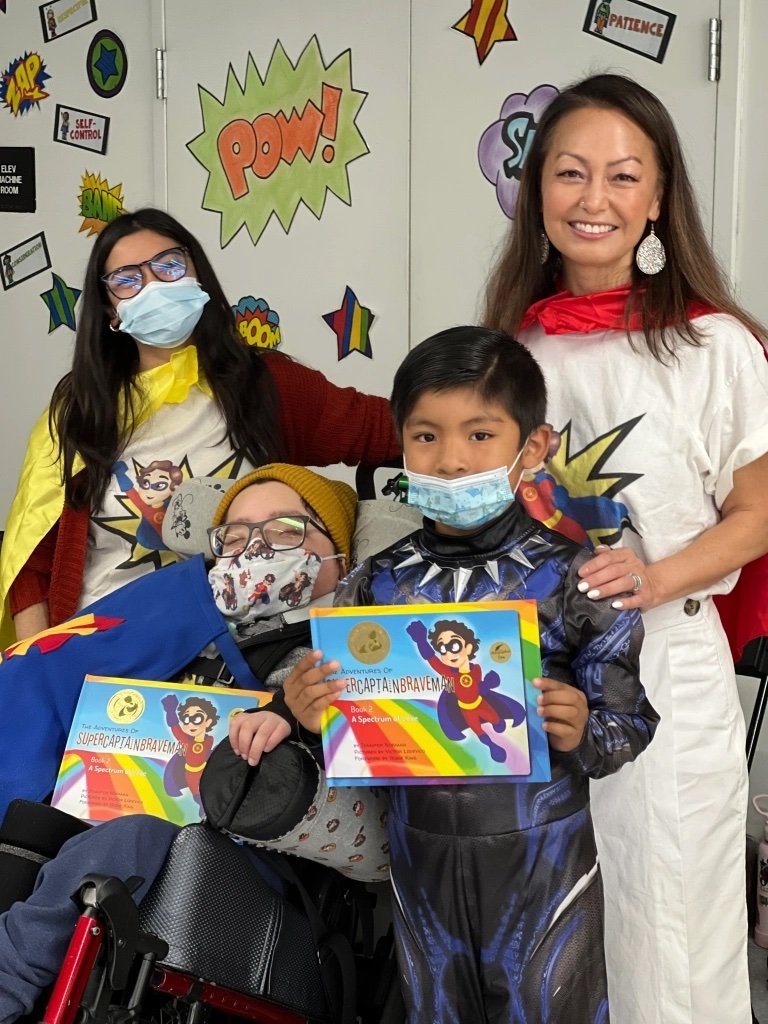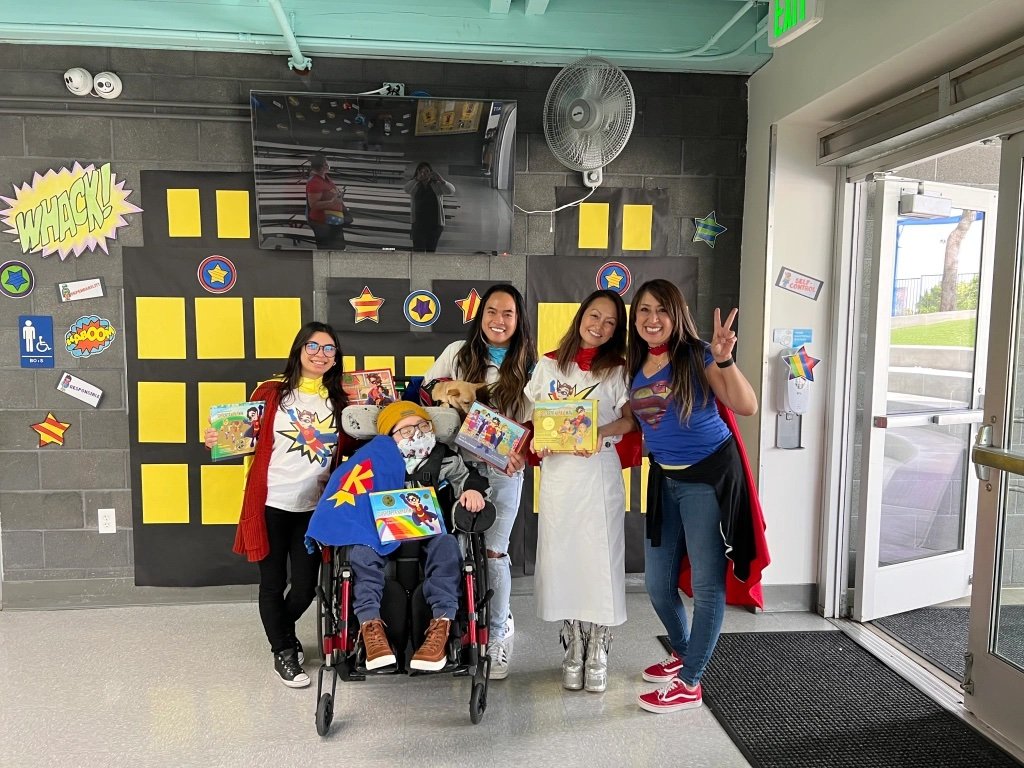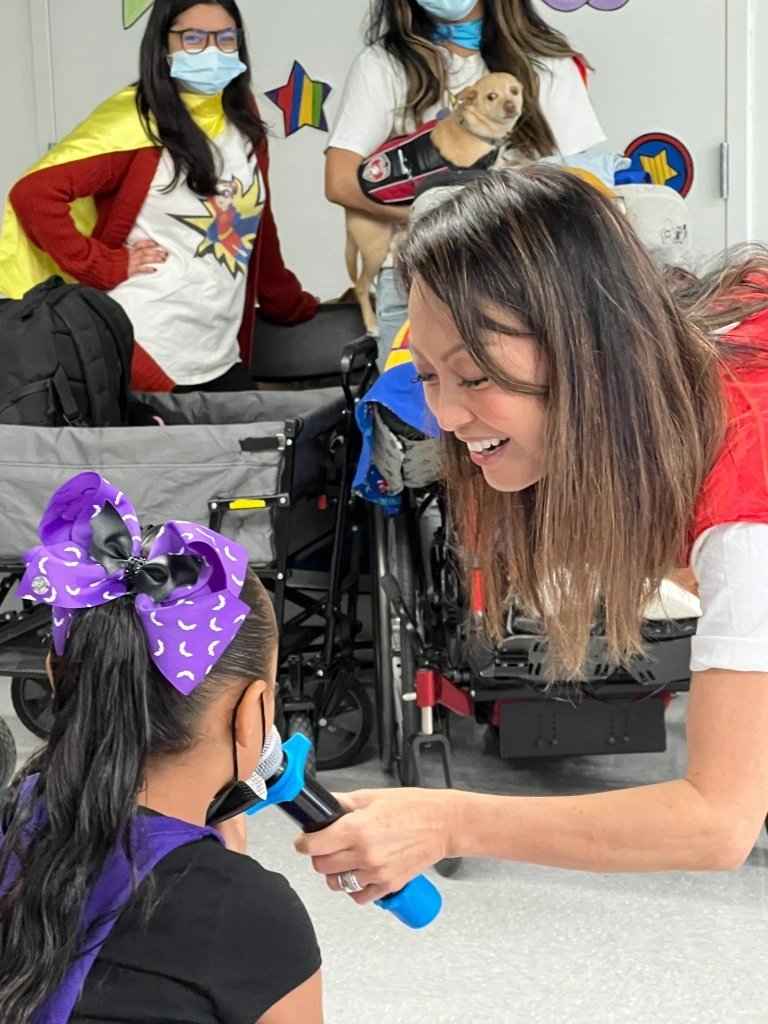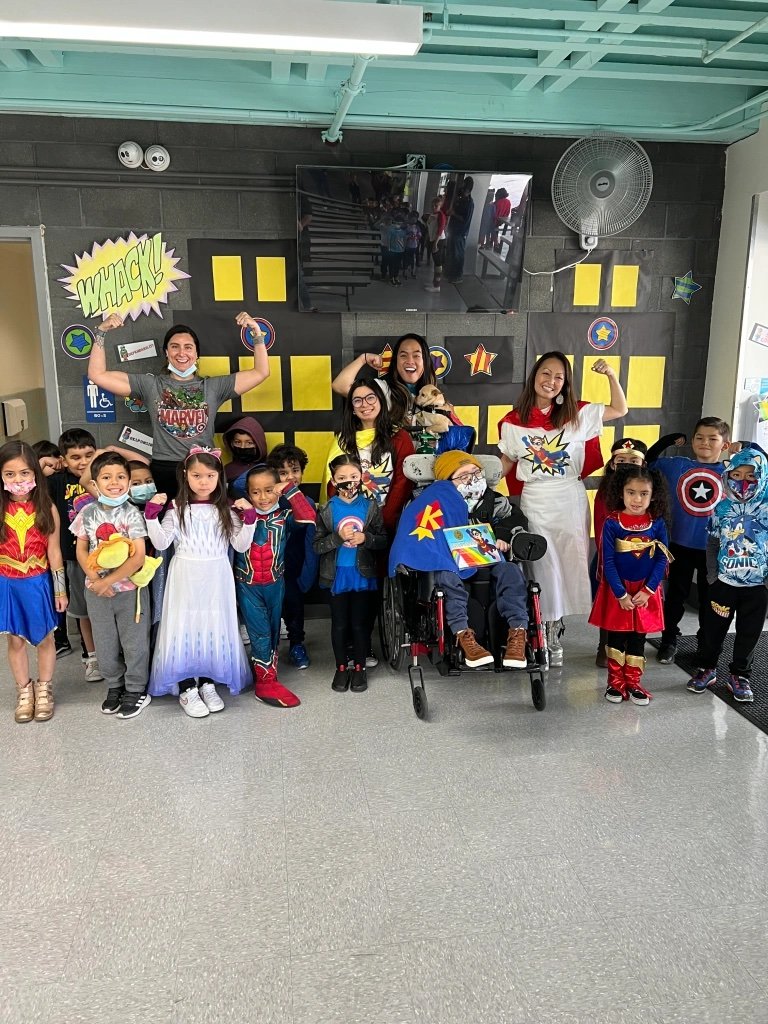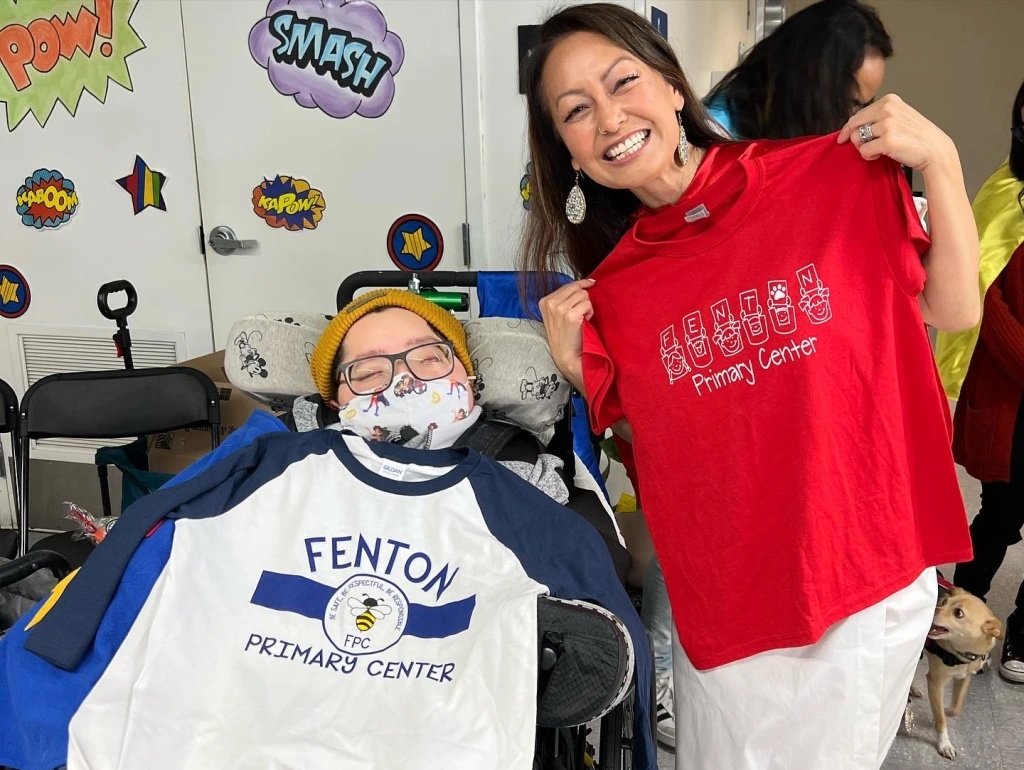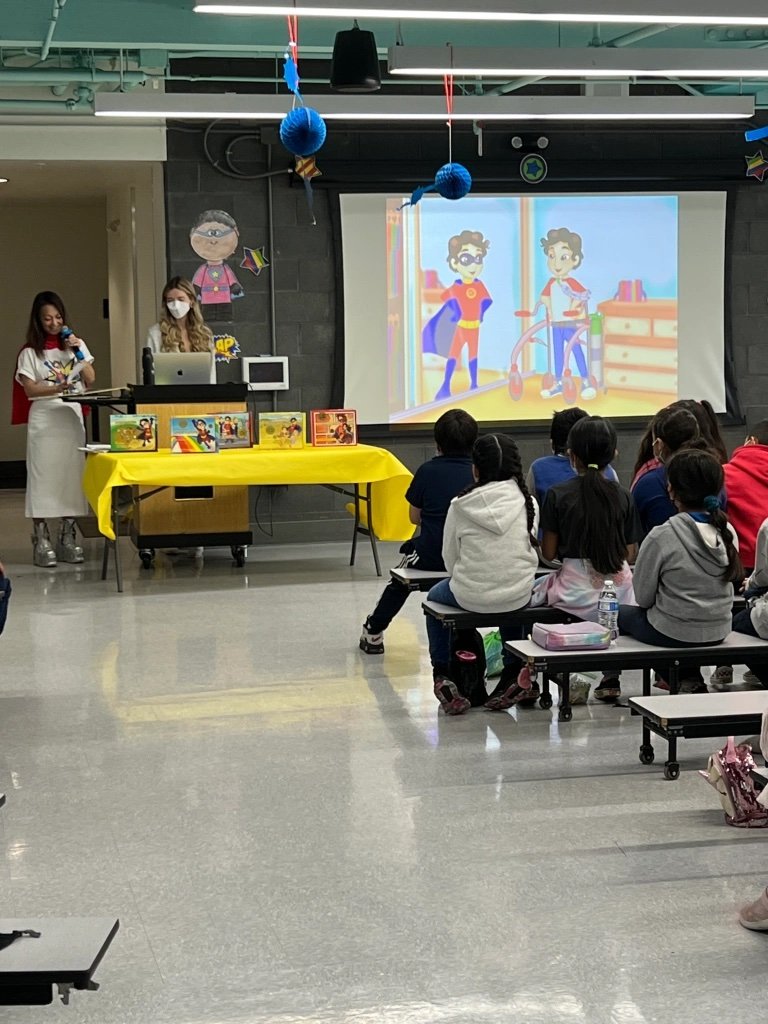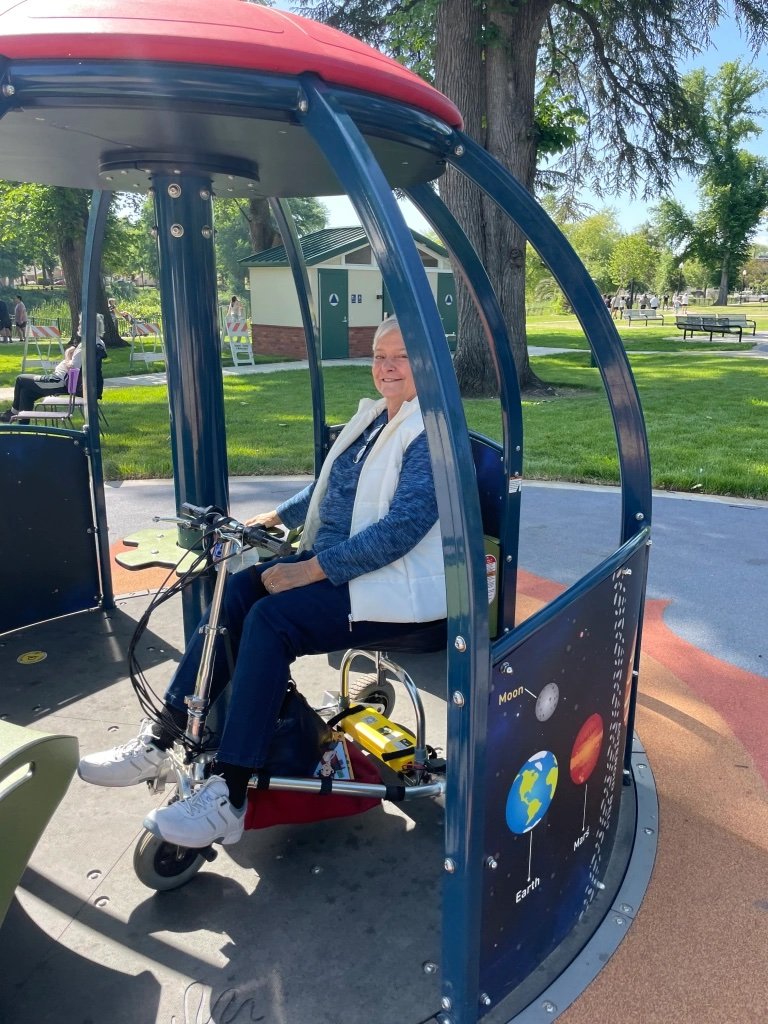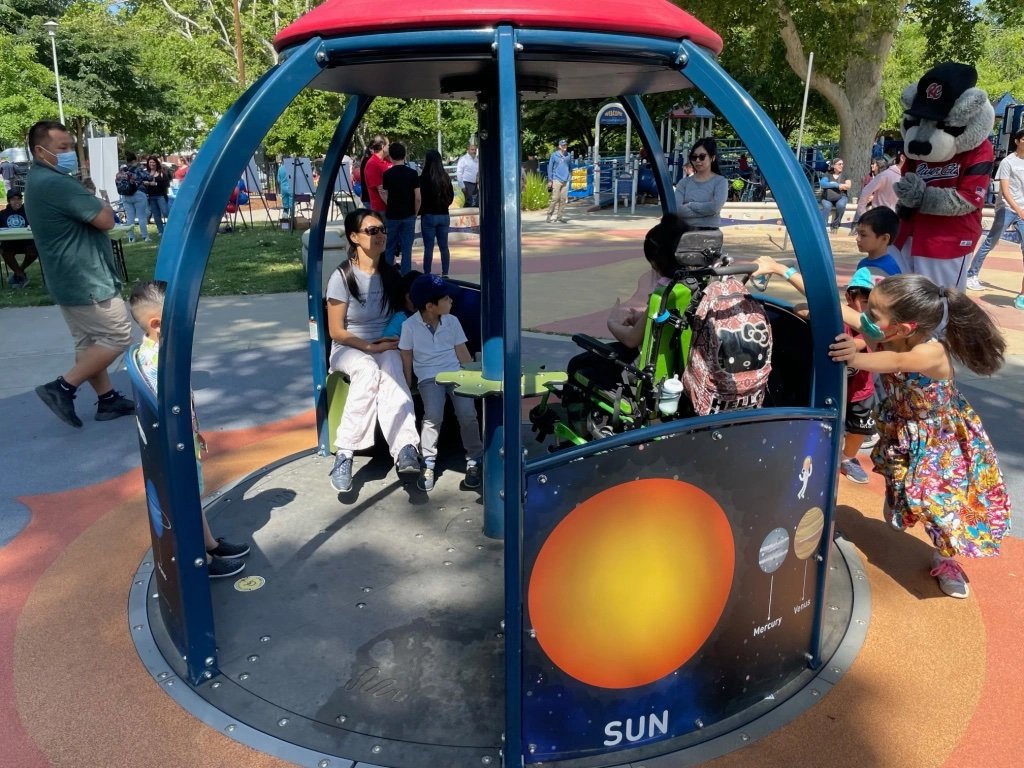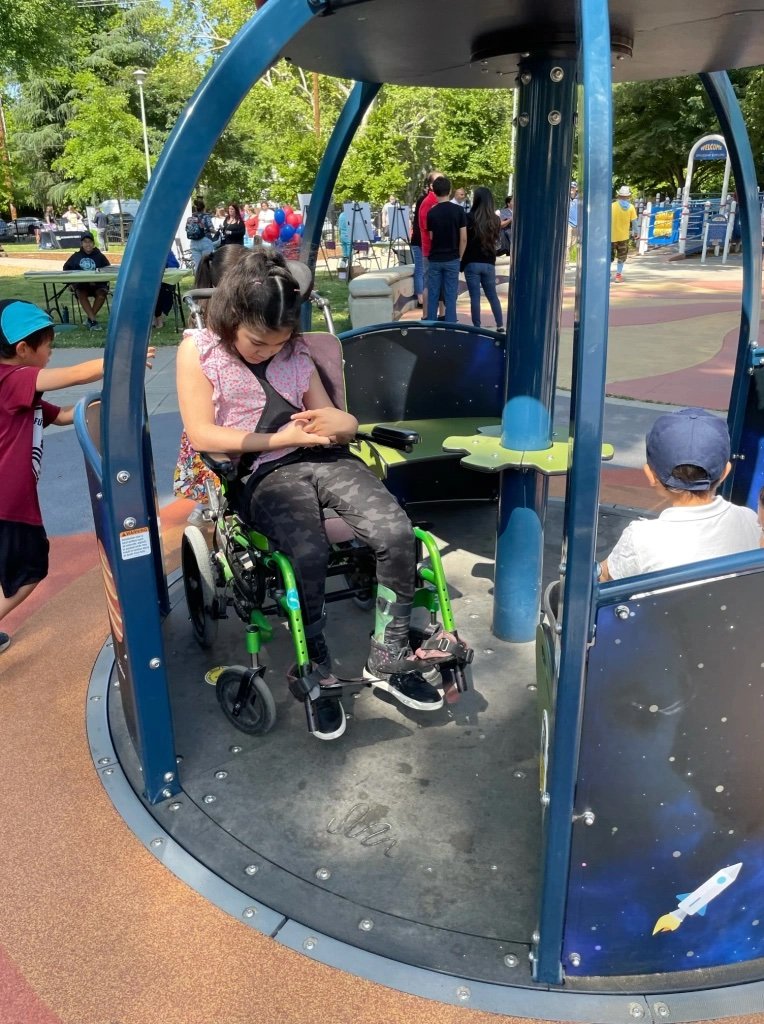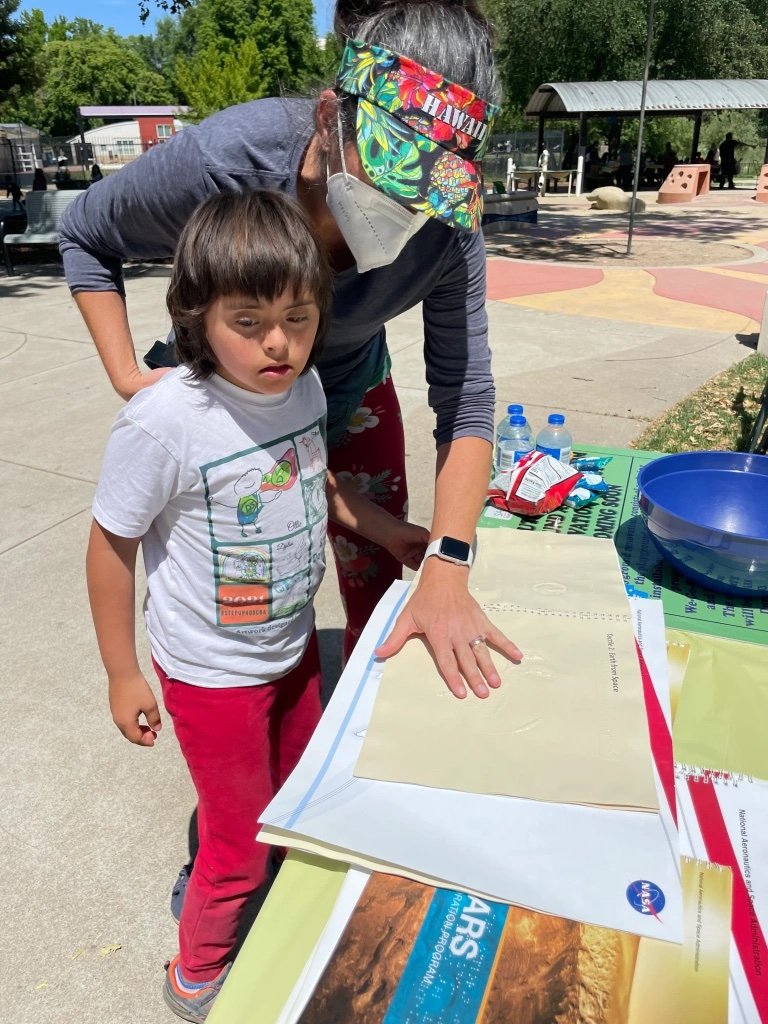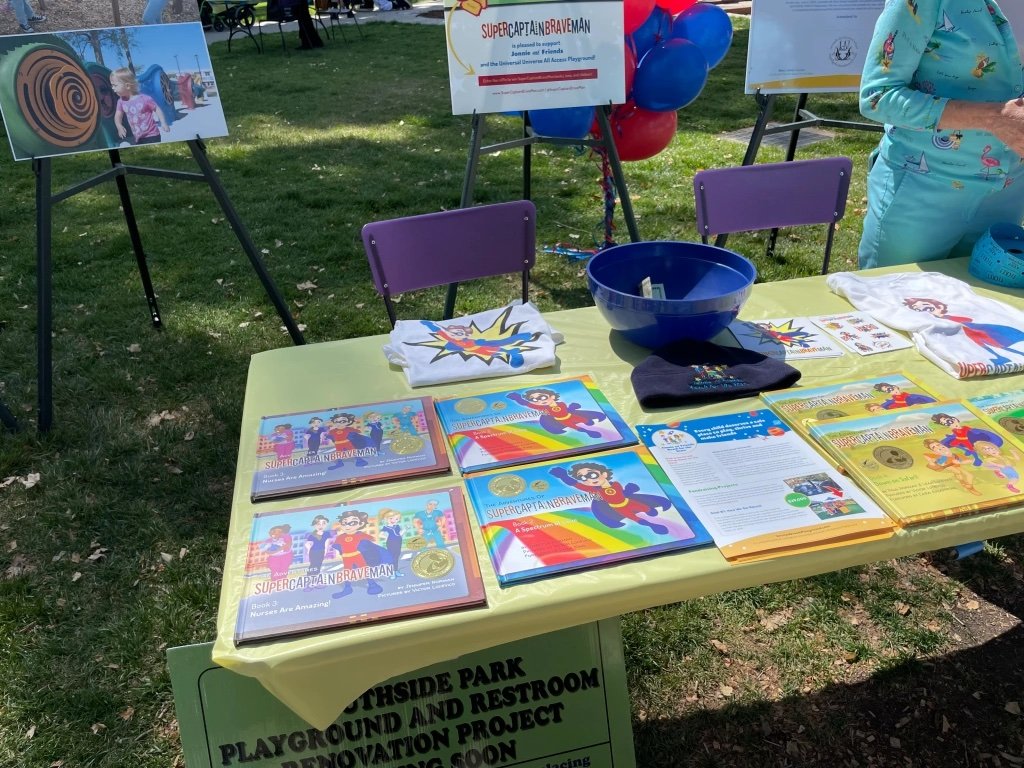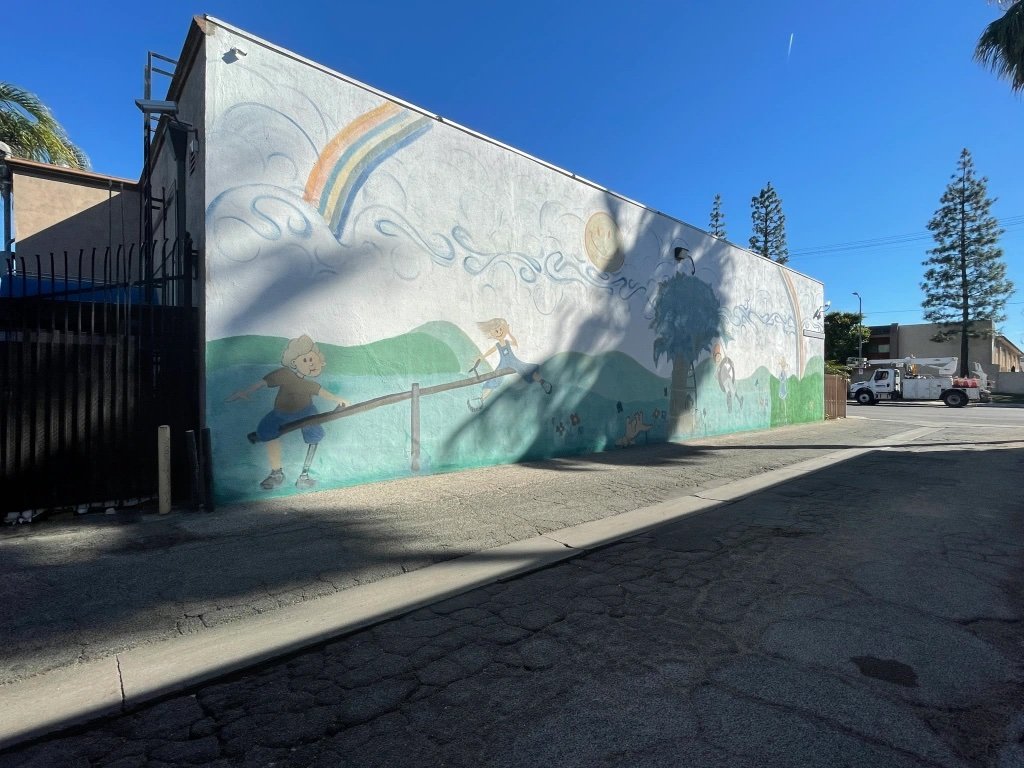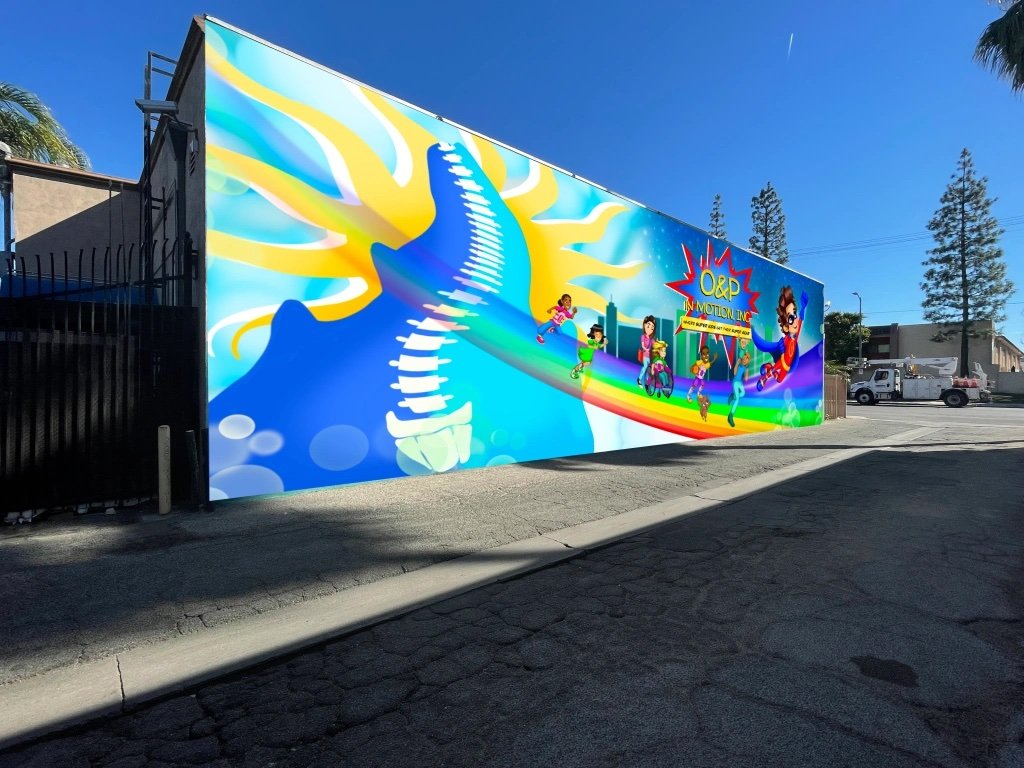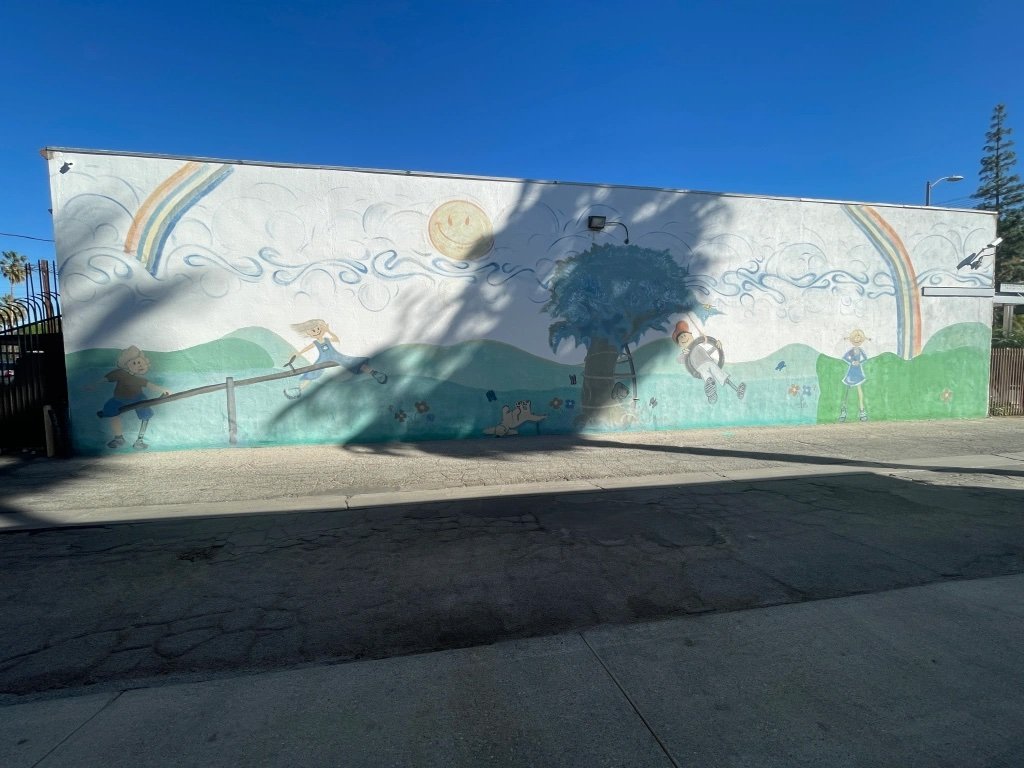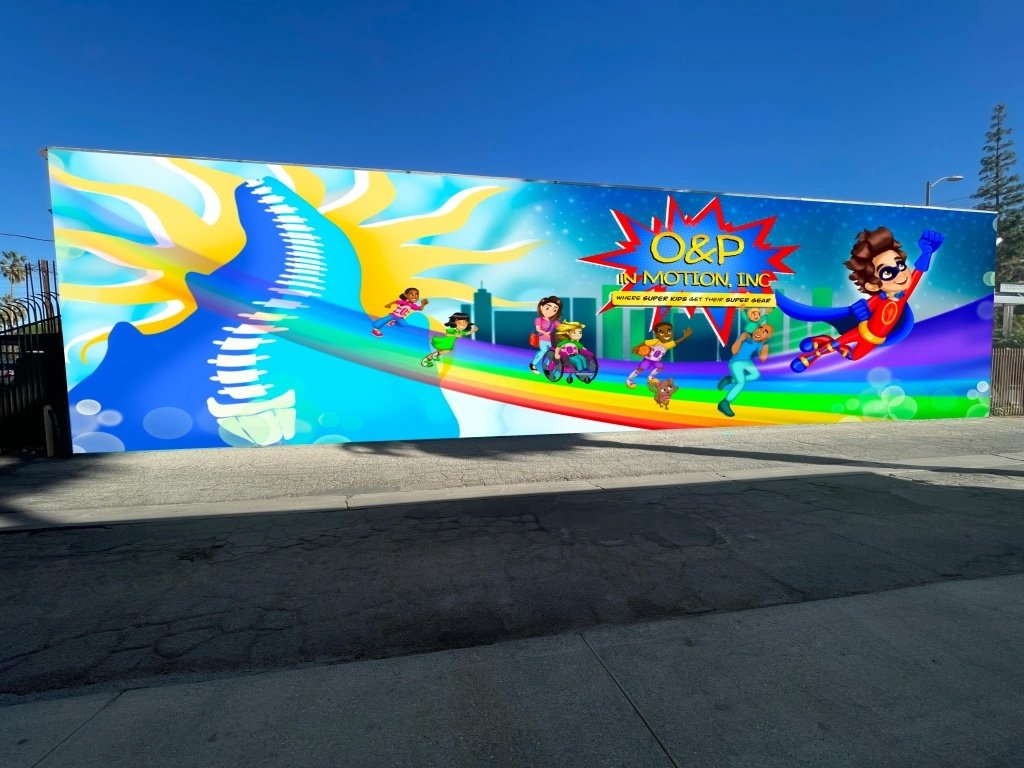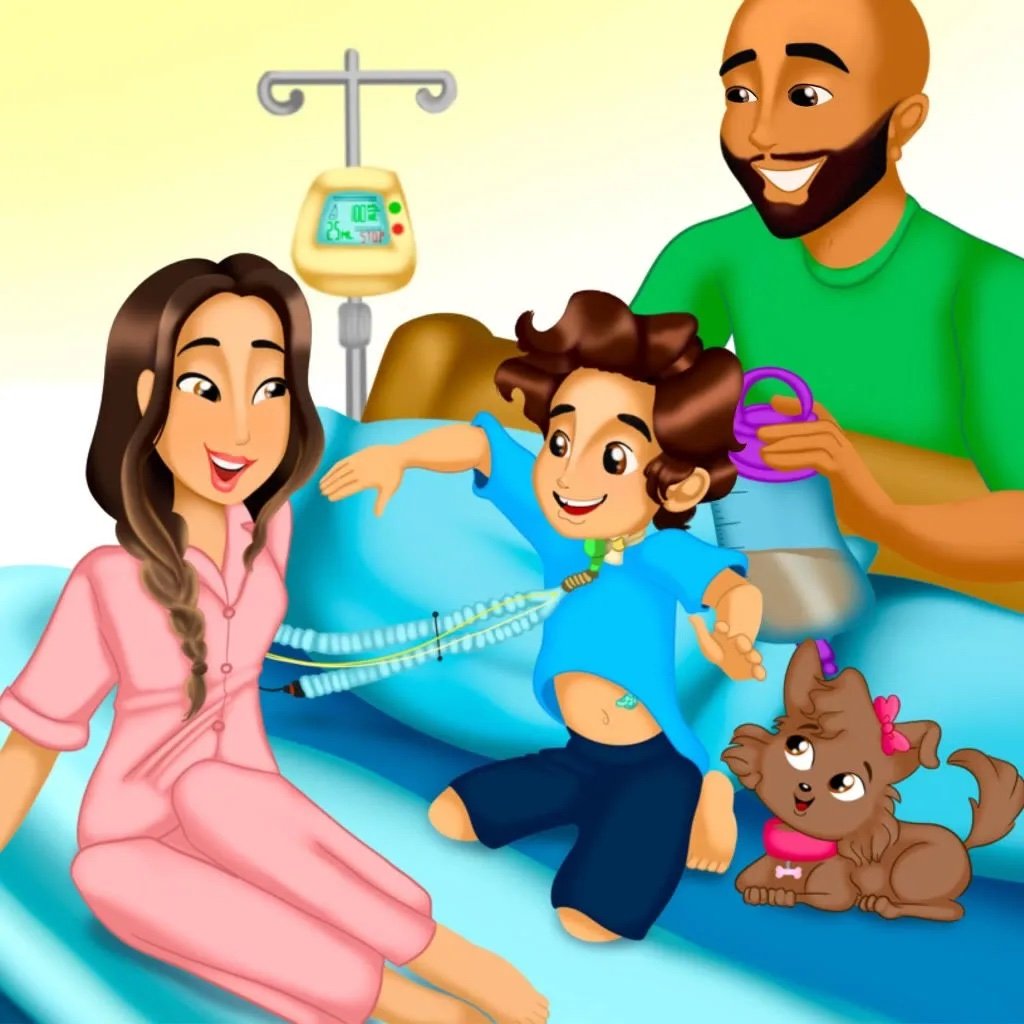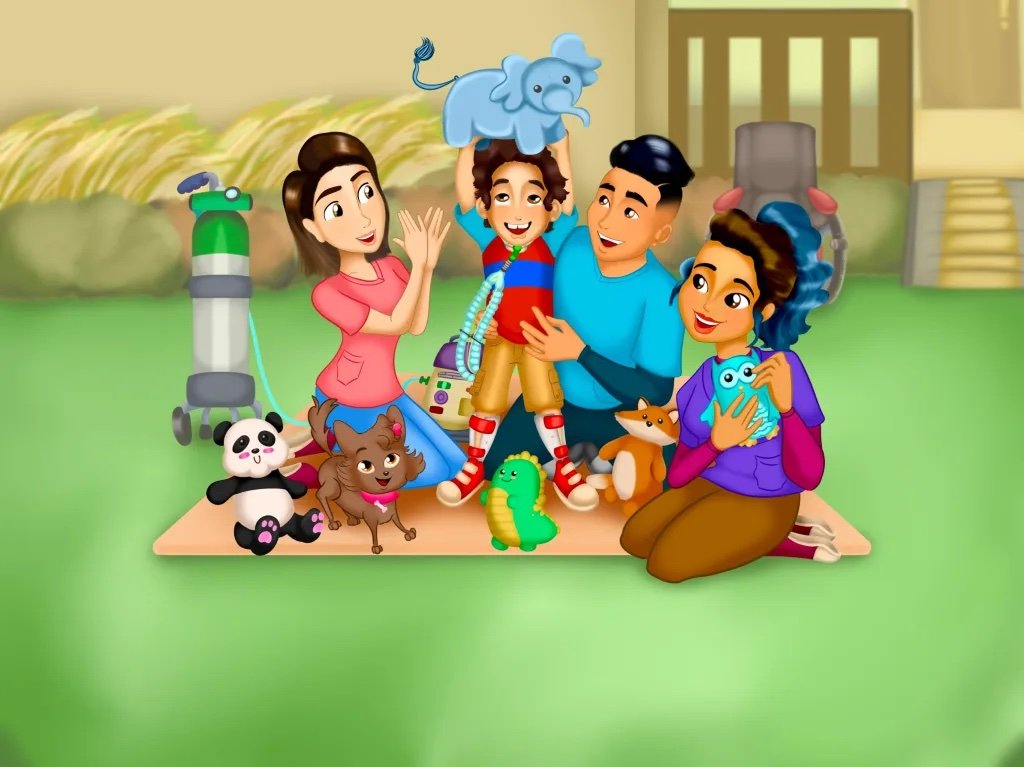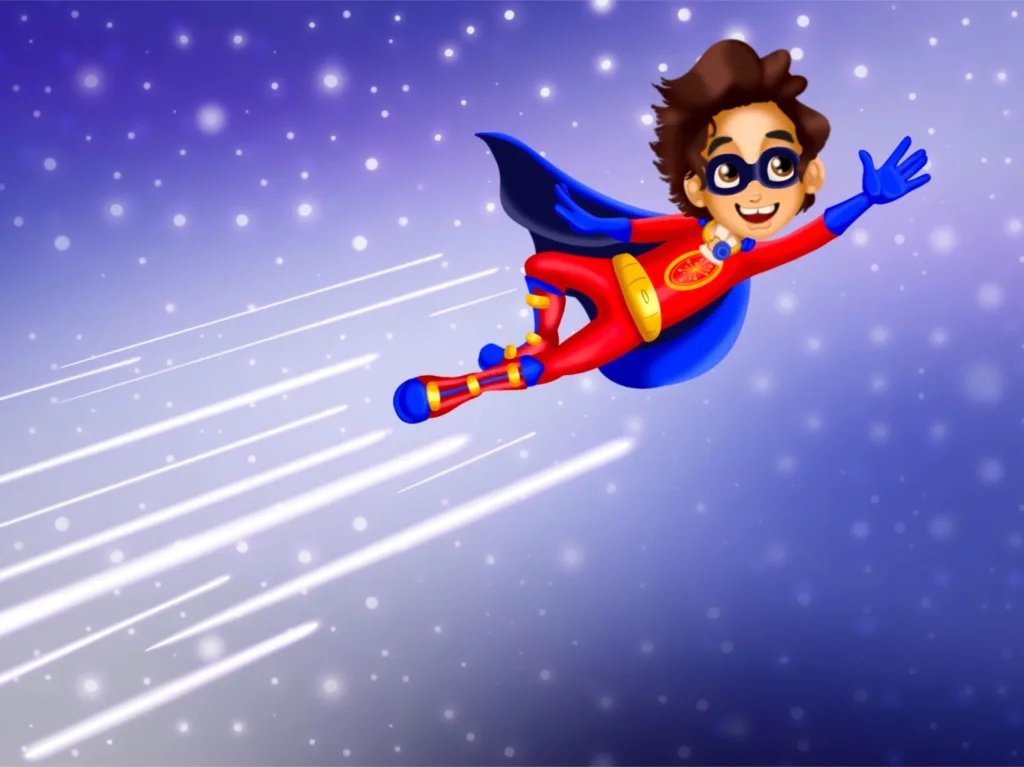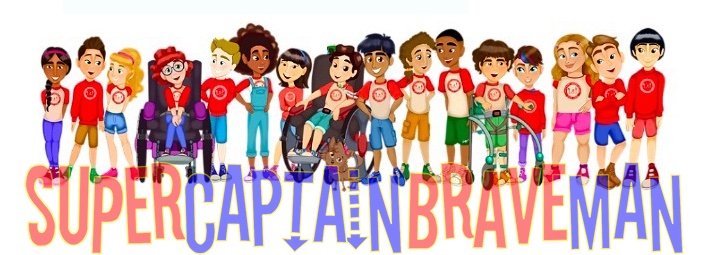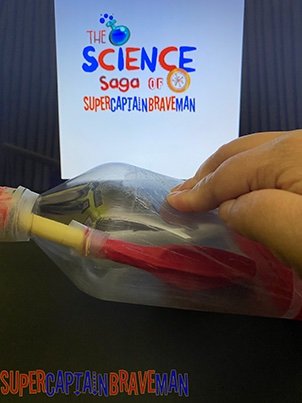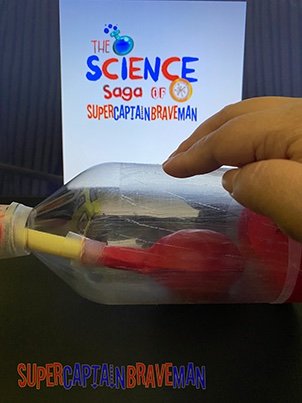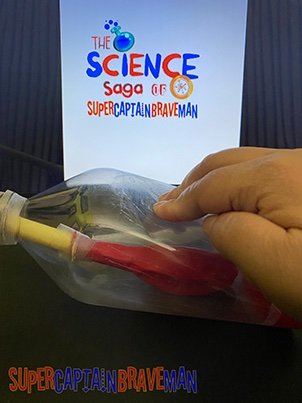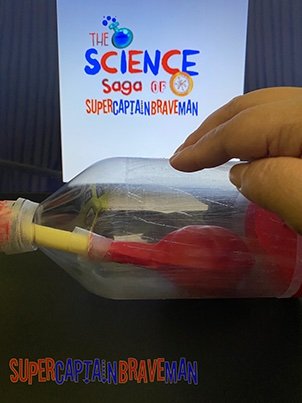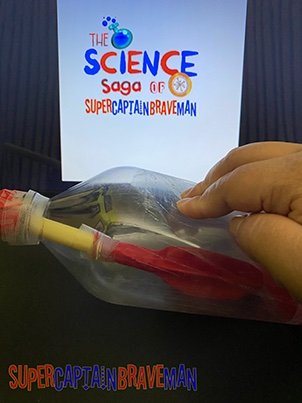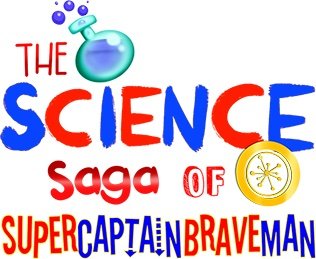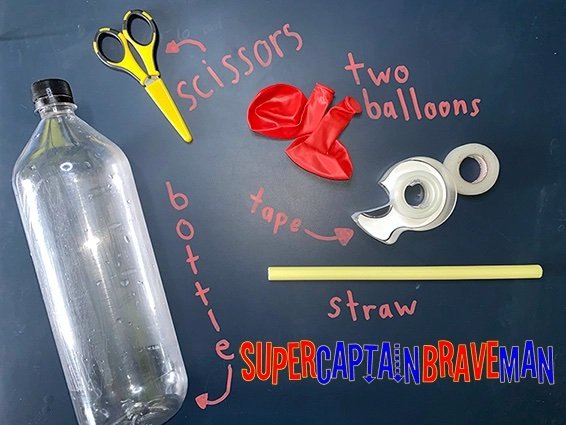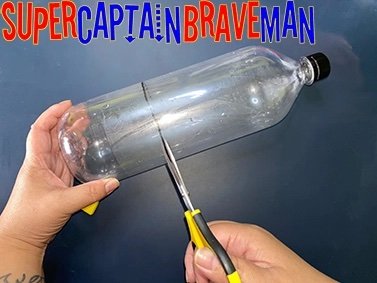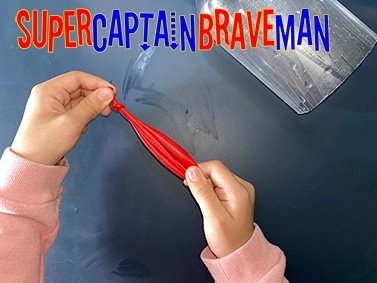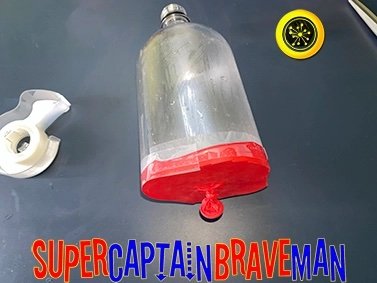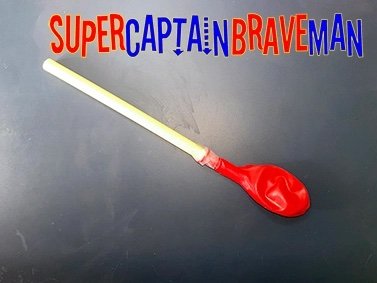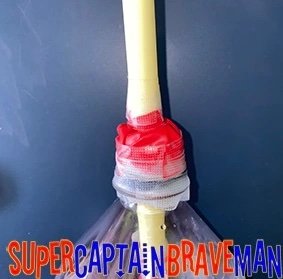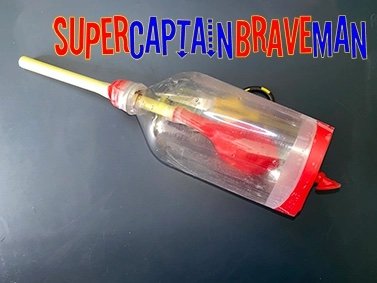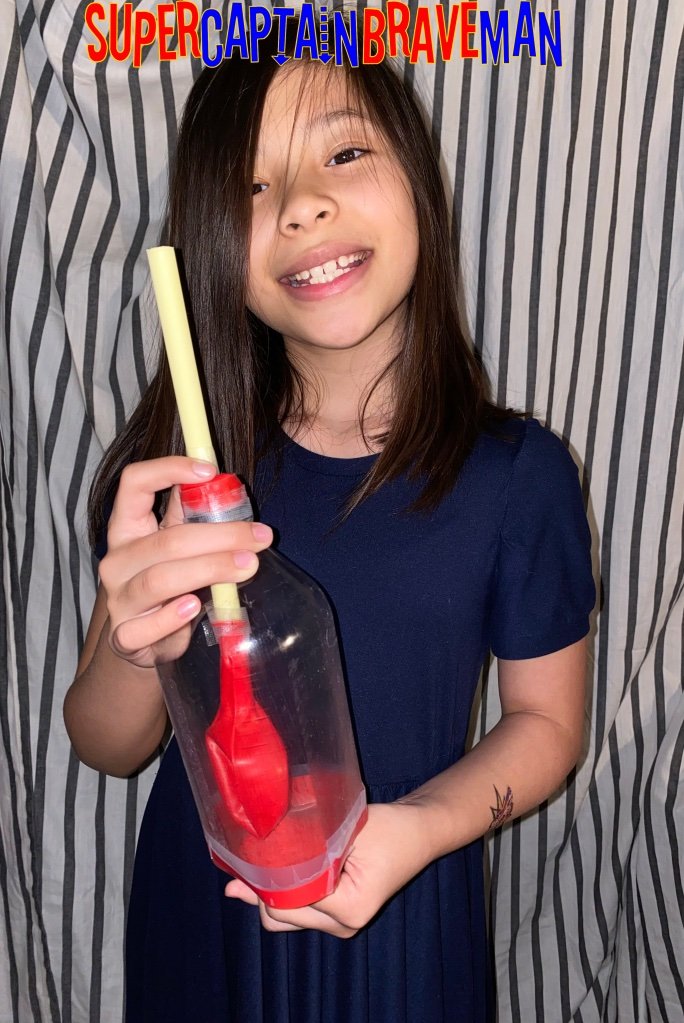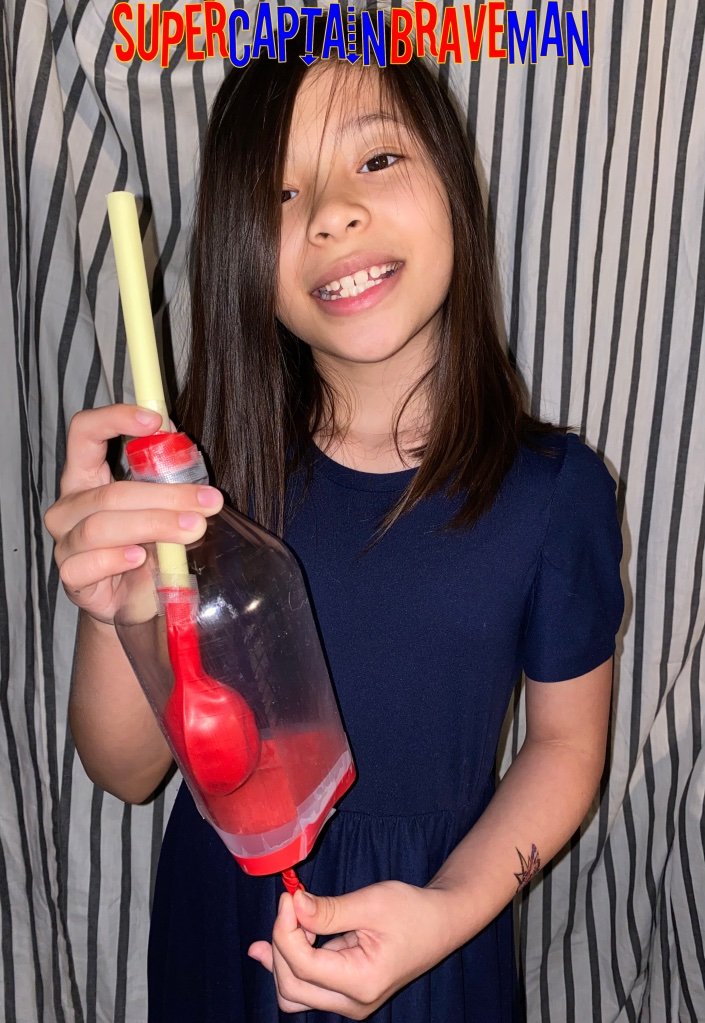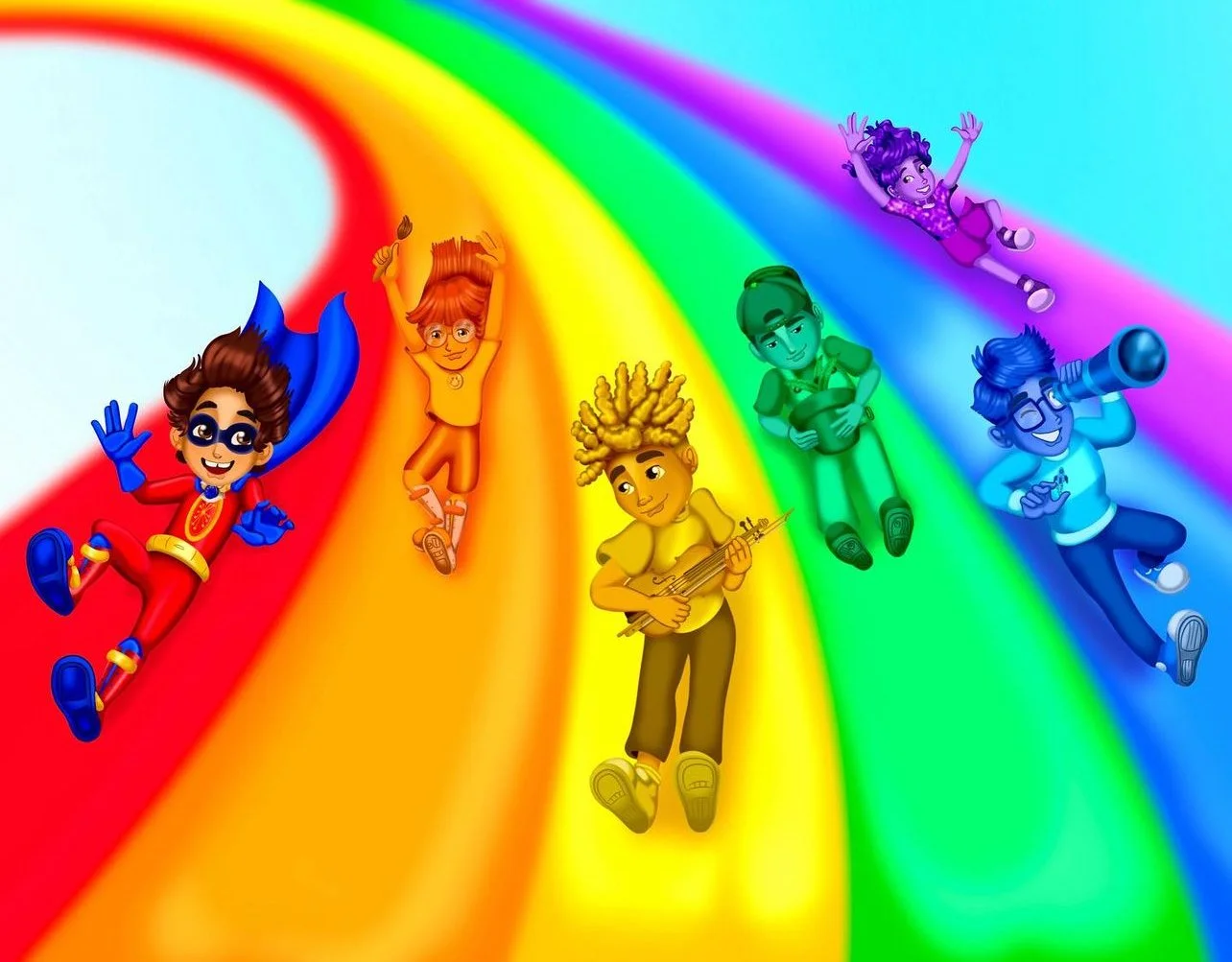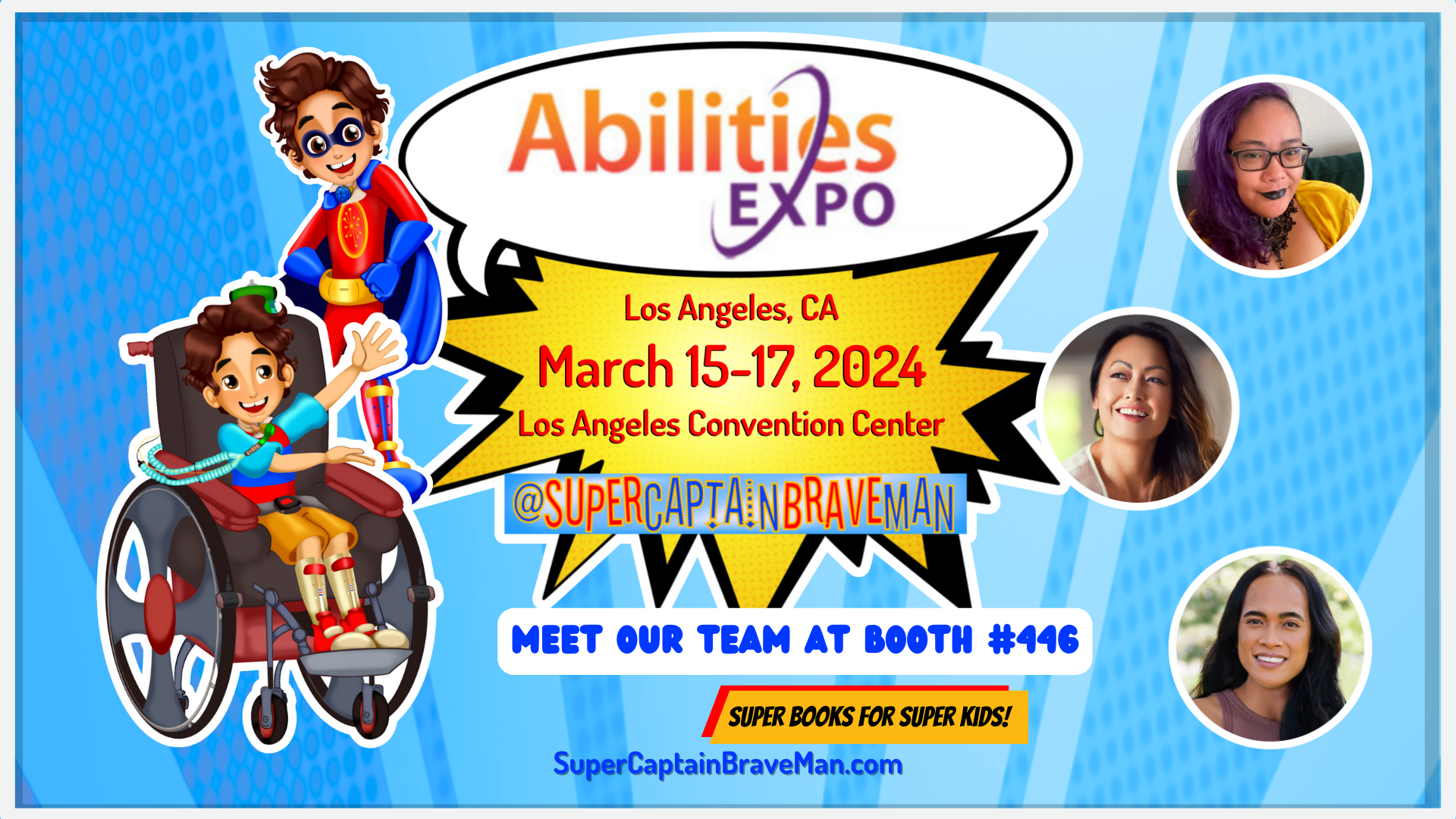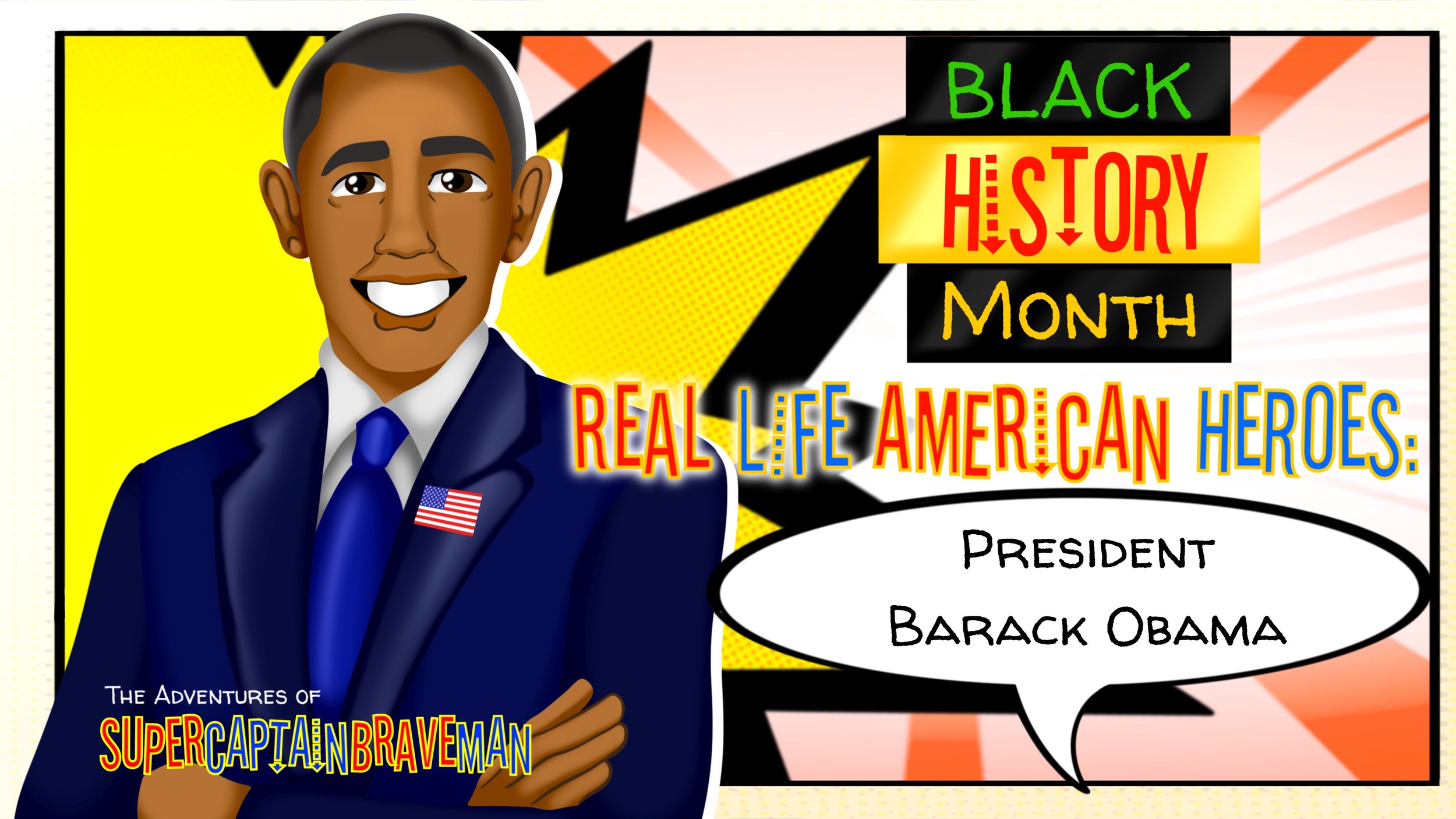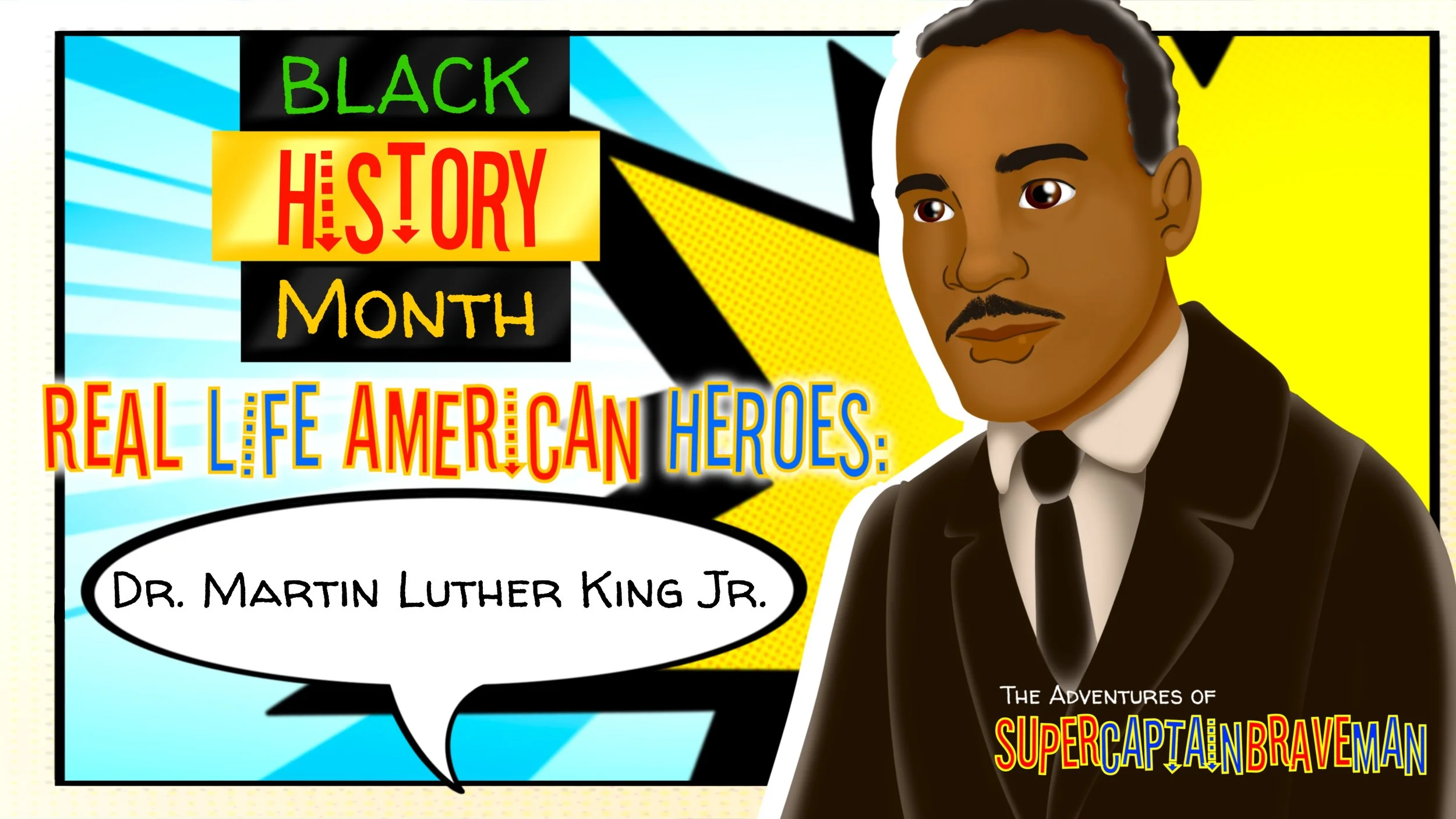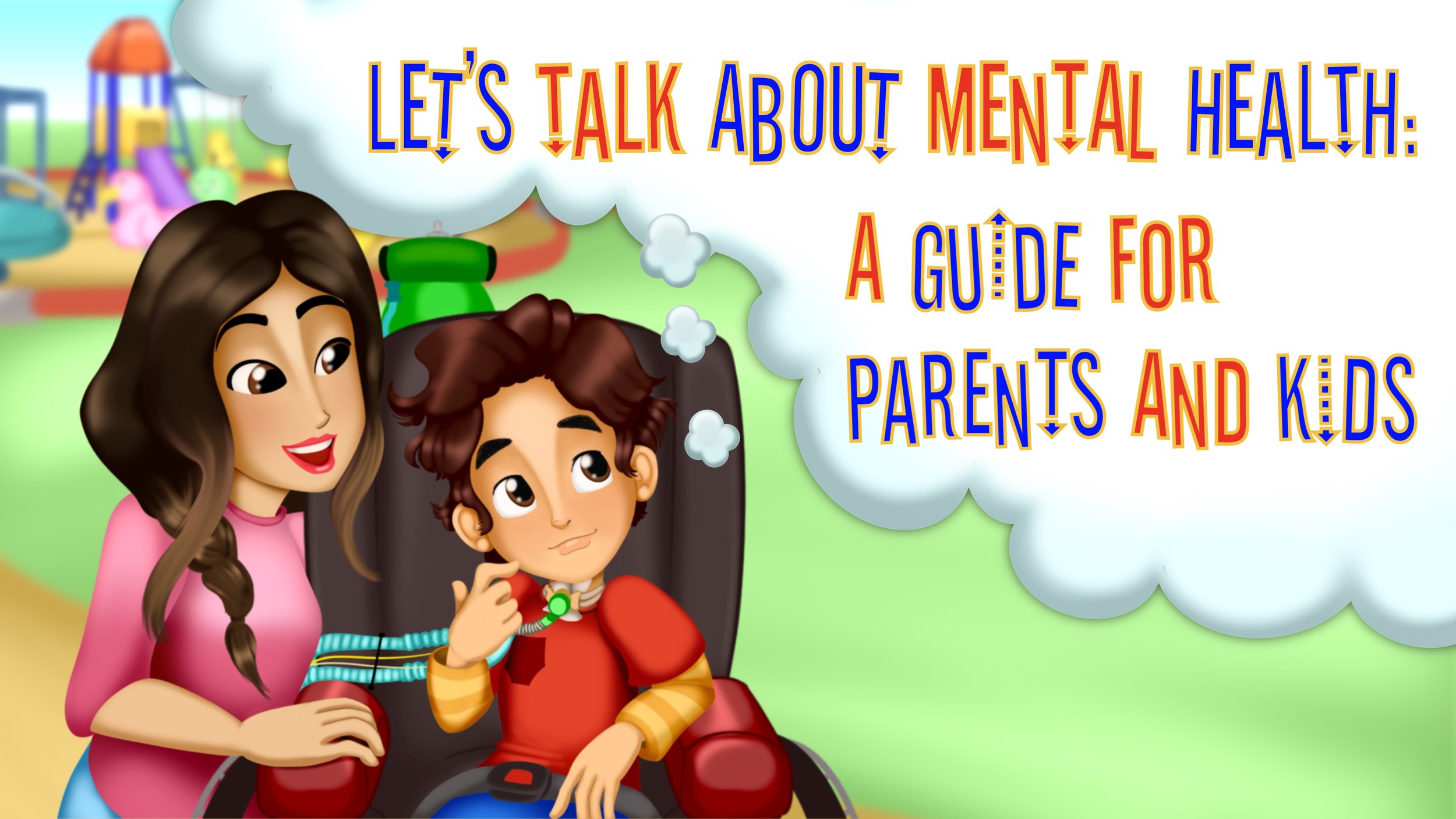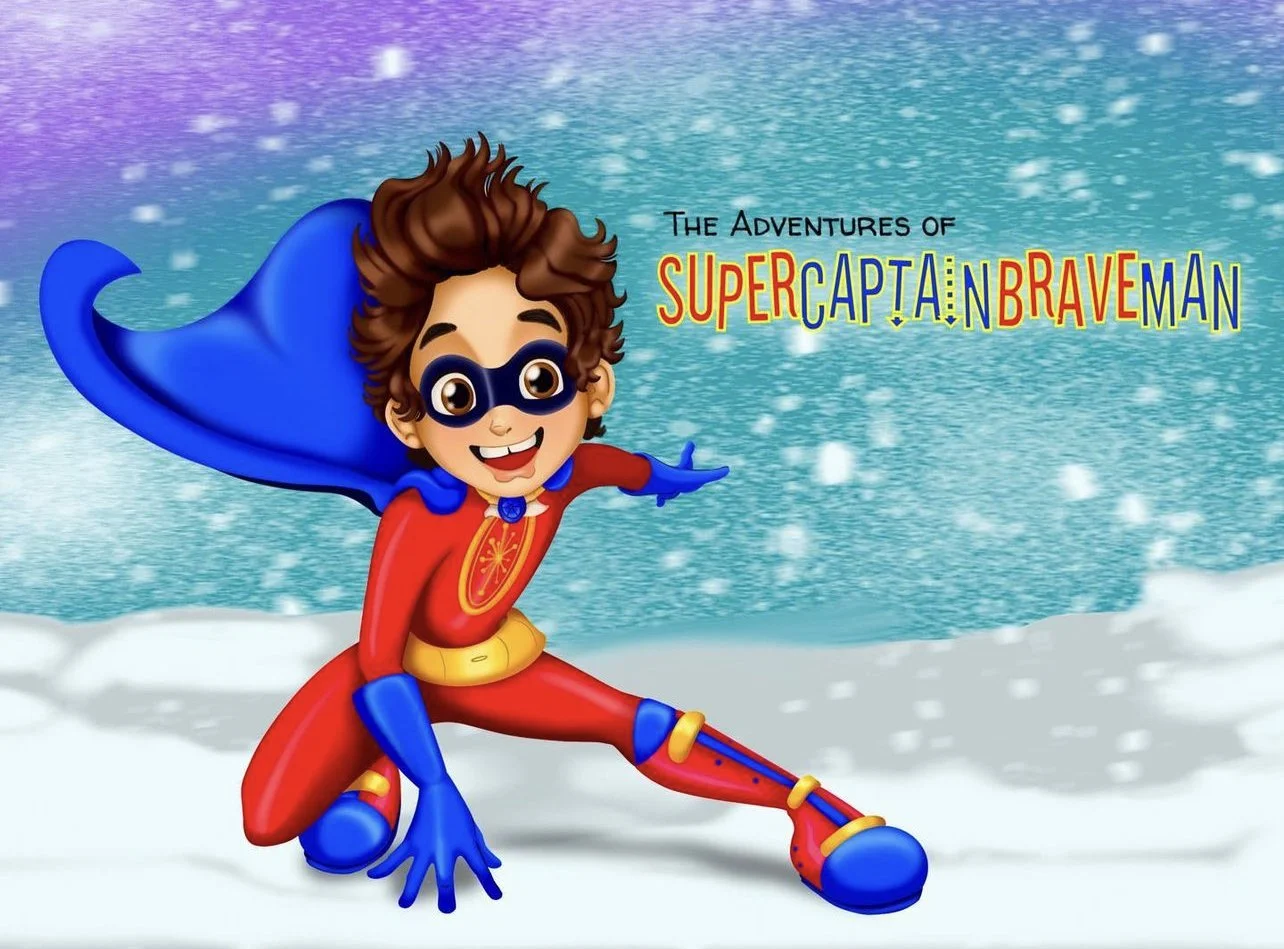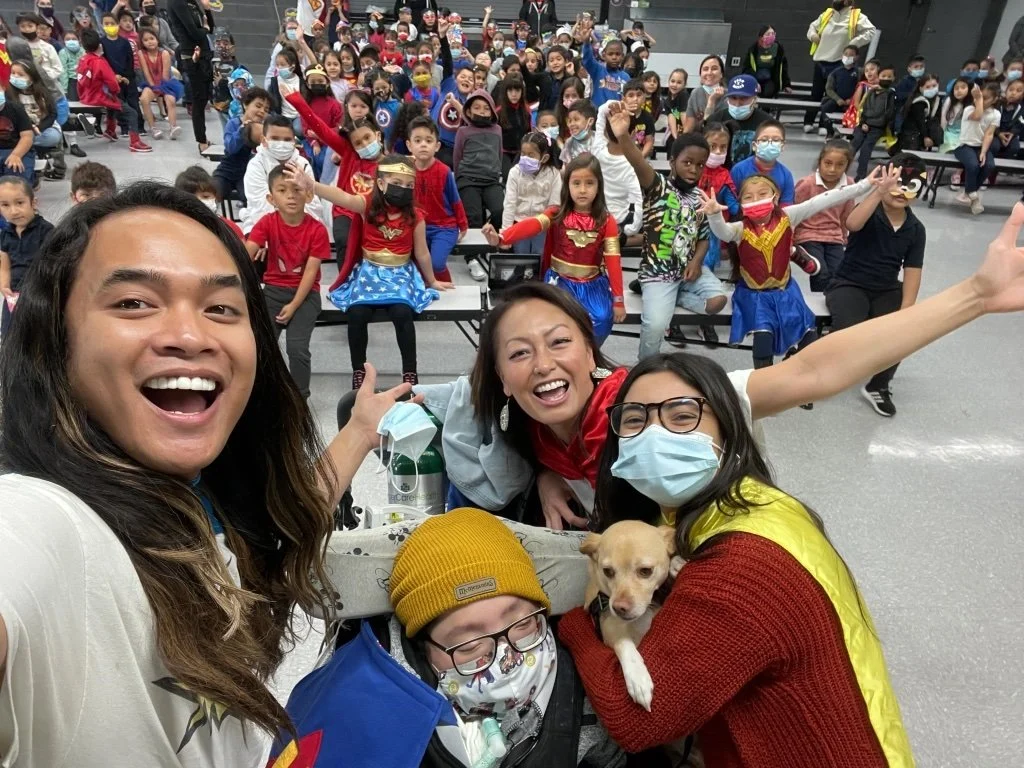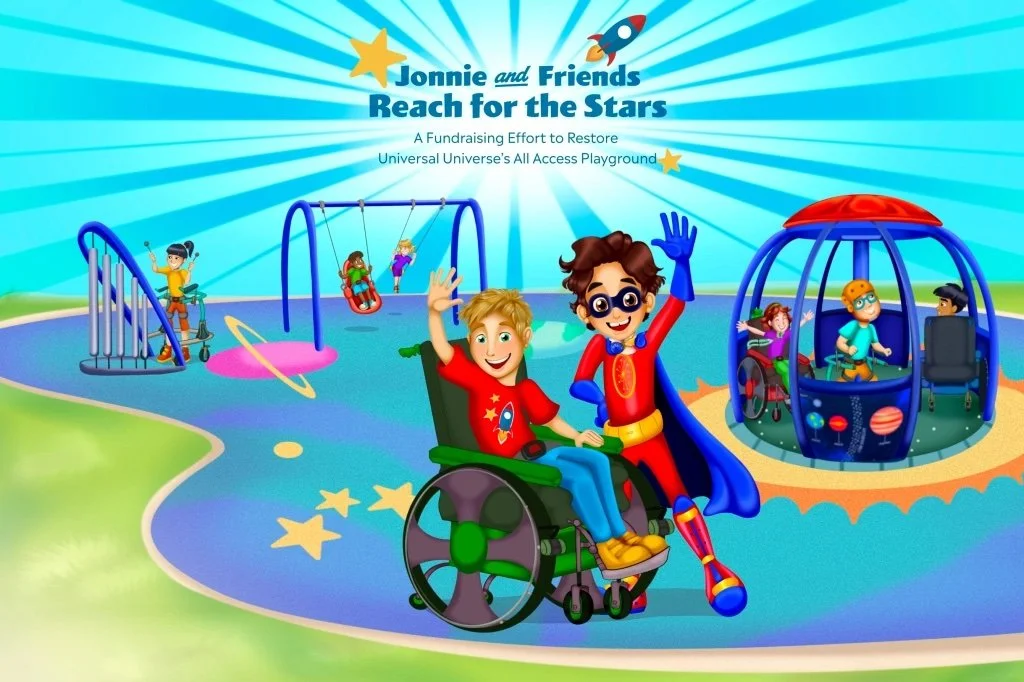Winning at Losing: Being Kind to Yourself and Others After You Lose a Game
/Everyone loves playing a good game! Some of the best moments in life are playing in a team in a competition. Whether a friendly game of kickball on the playground or a rainy day board game with your family, games can be a great way to develop strategic thinking, cooperation skills, and bonding time. But what happens when a game doesn’t go your way? What if you’re on the losing side of a competition?
It’s an important fact that losing can be upsetting. It’s natural to be disappointed when you lose a game, especially when you work hard to try and achieve a goal. But, it is equally important to remember that the risk of losing is a part of playing any game. Losing can also be an opportunity to learn from mistakes.
Losing can reinforce lessons that can help kids grow. Winning can feel great. We enjoy pushing for success and avoiding failure. But losing is a part of any game. It’s easy to connect failure with the opposite of winning, but that’s not true. Losing is a part of success. Without loss, the vital lessons that games provide will never be learned.
Losing a game teaches us that perfection isn’t a goal to aim for. There is always room for growth and improvement. It can also remind us that perseverance is a win in its own right. When we lose at a game, it’s so easy to give up. But, when we lose, learn from a game, and pick ourselves up to try again, we can set ourselves up for success the next time. That resilience helps create the determination and drive it takes to reach our goals.
One of the most important parts of losing a game is a lesson in kindness and empathy. When you win a game, and your opponent feels bad, you most likely meet them with kind words. Just like how you extend kindness their way, it’s important to remember that if you lose, kindness to the winner is good too. Everybody has those days. Everybody is capable of failing. We all share similarities when it comes to competition. Being kind and supportive reflects your kindness and empathy even when things don’t go your way.
Everyone loves playing a good game! Some of the best moments in life are playing in a team in a competition. Whether a friendly game of kickball on the playground or a rainy day board game with your family, games can be a great way to develop strategic thinking, cooperation skills, and bonding time. But what happens when a game doesn’t go your way? What if you’re on the losing side of a competition?
It’s an important fact that losing can be upsetting. It’s natural to be disappointed when you lose a game, especially when you work hard to try and achieve a goal. But, it is equally important to remember that the risk of losing is a part of playing any game. Losing can also be an opportunity to learn from mistakes.
Losing can reinforce lessons that can help kids grow. Winning can feel great. We enjoy pushing for success and avoiding failure. But losing is a part of any game. It’s easy to connect failure with the opposite of winning, but that’s not true. Losing is a part of success. Without loss, the vital lessons that games provide will never be learned.
Losing a game teaches us that perfection isn’t a goal to aim for. There is always room for growth and improvement. It can also remind us that perseverance is a win in its own right. When we lose at a game, it’s so easy to give up. But, when we lose, learn from a game, and pick ourselves up to try again, we can set ourselves up for success the next time. That resilience helps create the determination and drive it takes to reach our goals.
One of the most important parts of losing a game is a lesson in kindness and empathy. When you win a game, and your opponent feels bad, you most likely meet them with kind words. Just like how you extend kindness their way, it’s important to remember that if you lose, kindness to the winner is good too. Everybody has those days. Everybody is capable of failing. We all share similarities when it comes to competition. Being kind and supportive reflects your kindness and empathy even when things don’t go your way.







